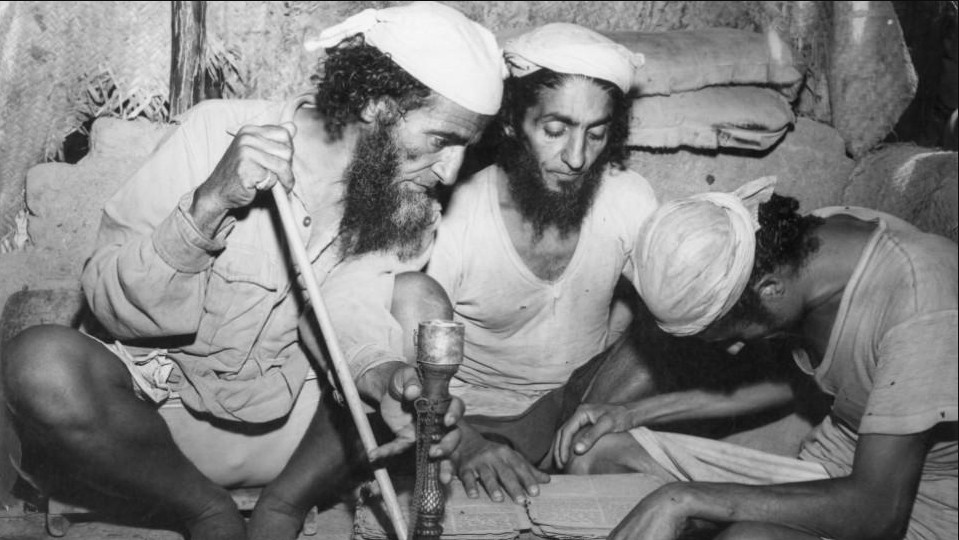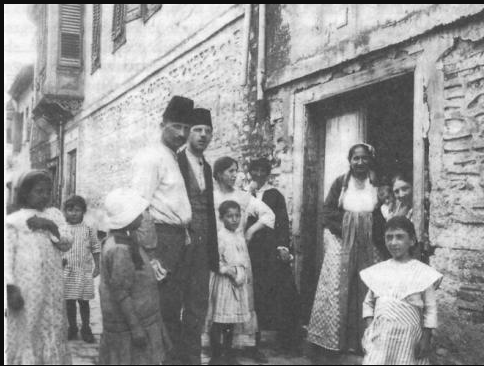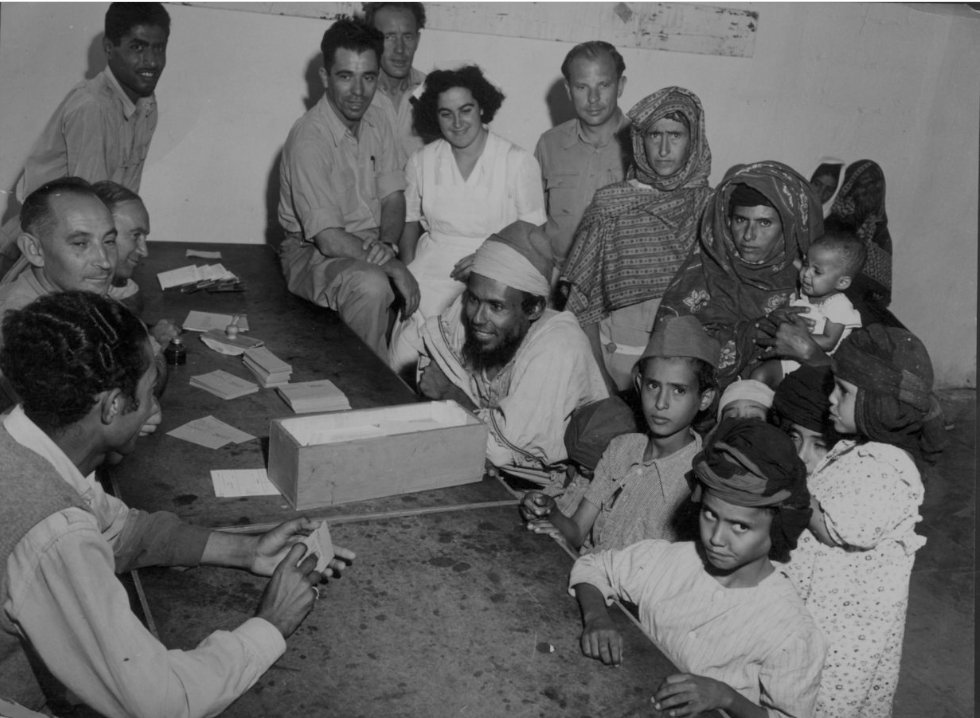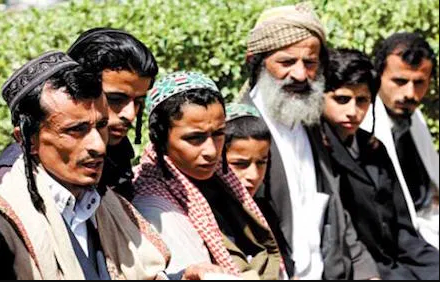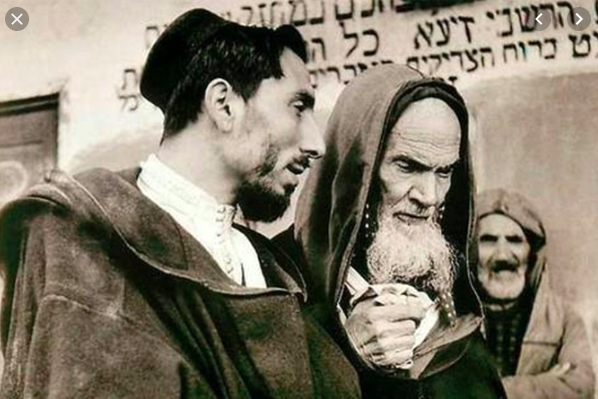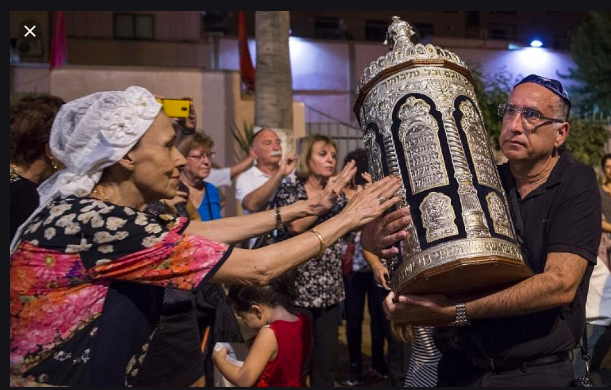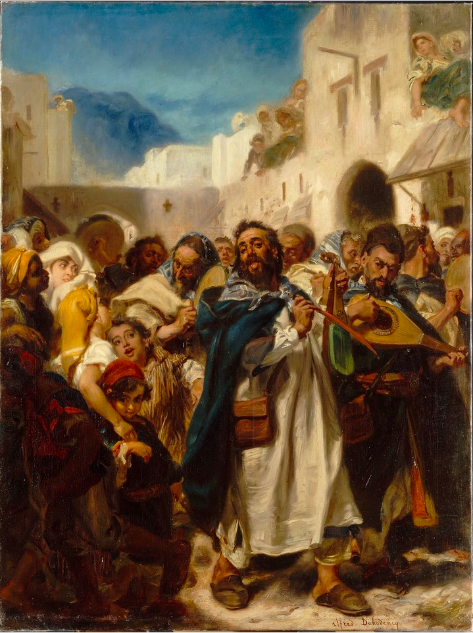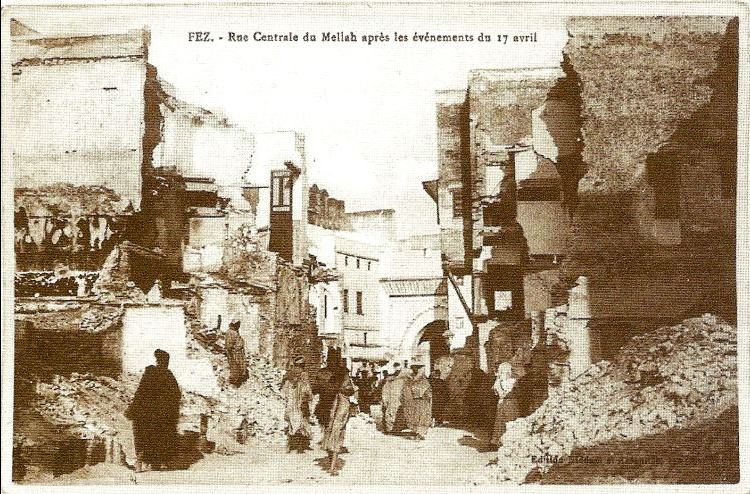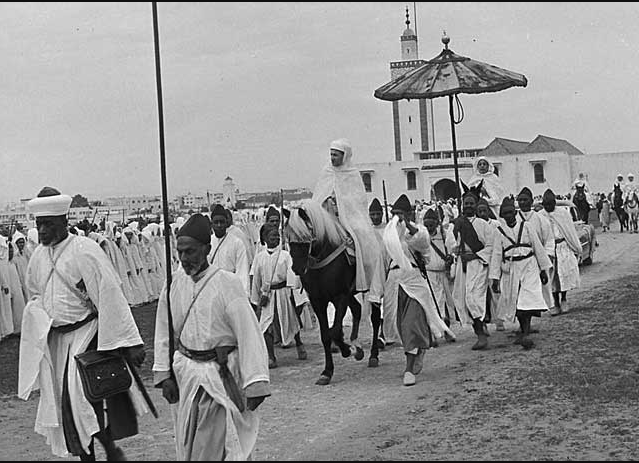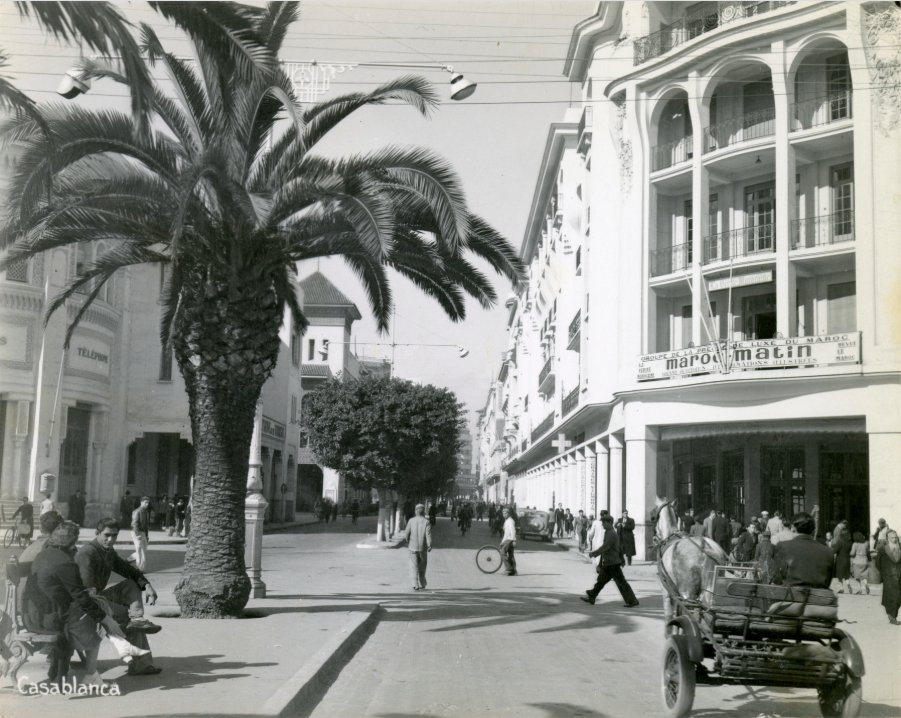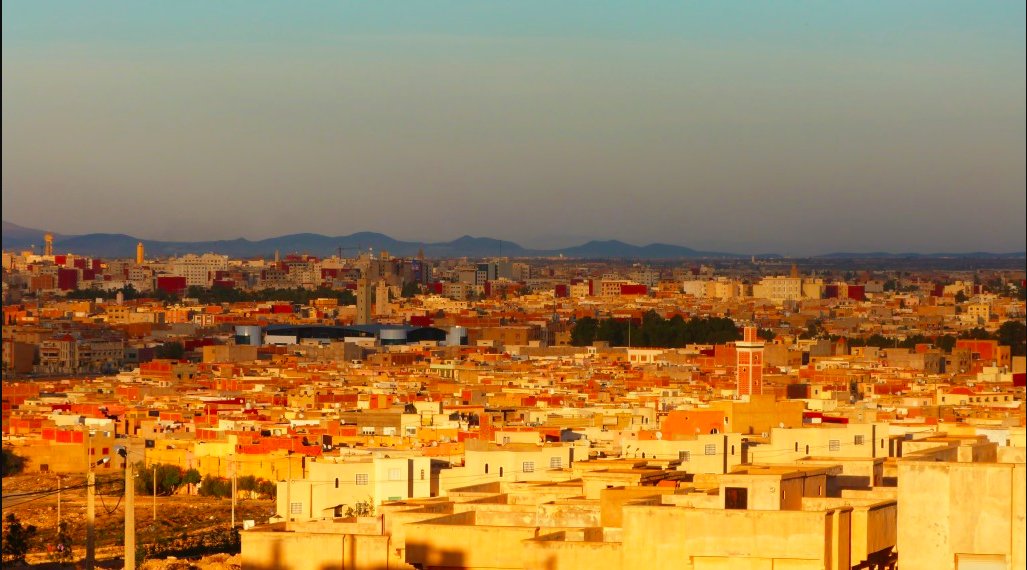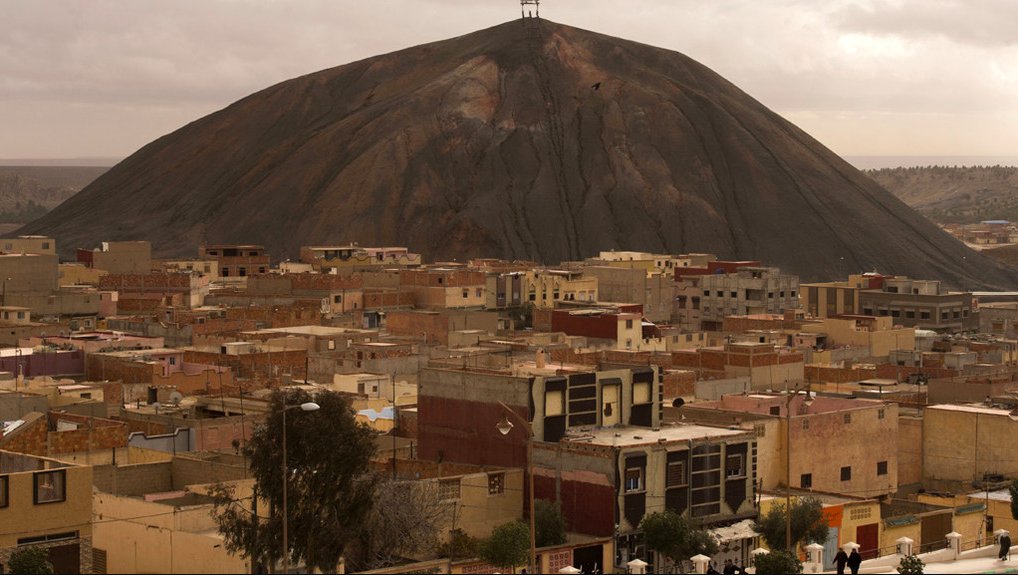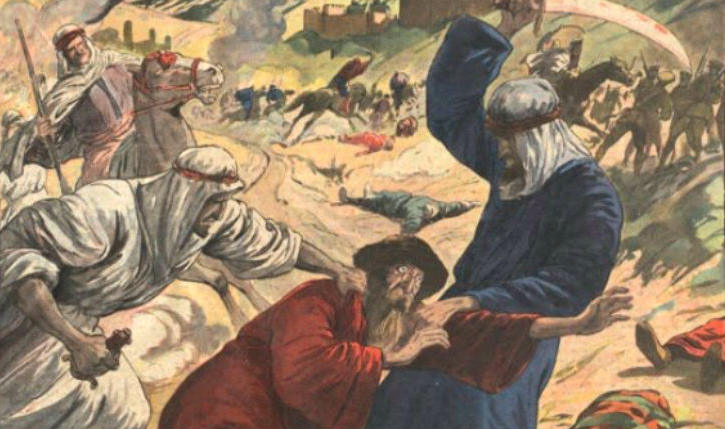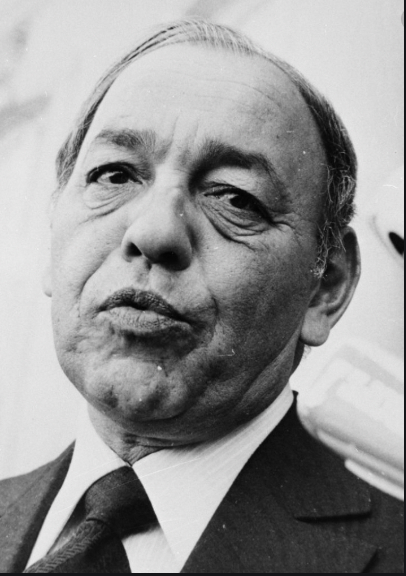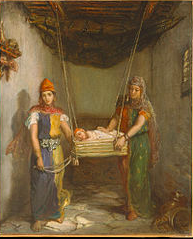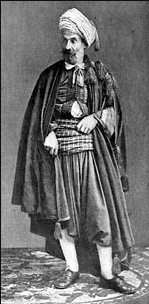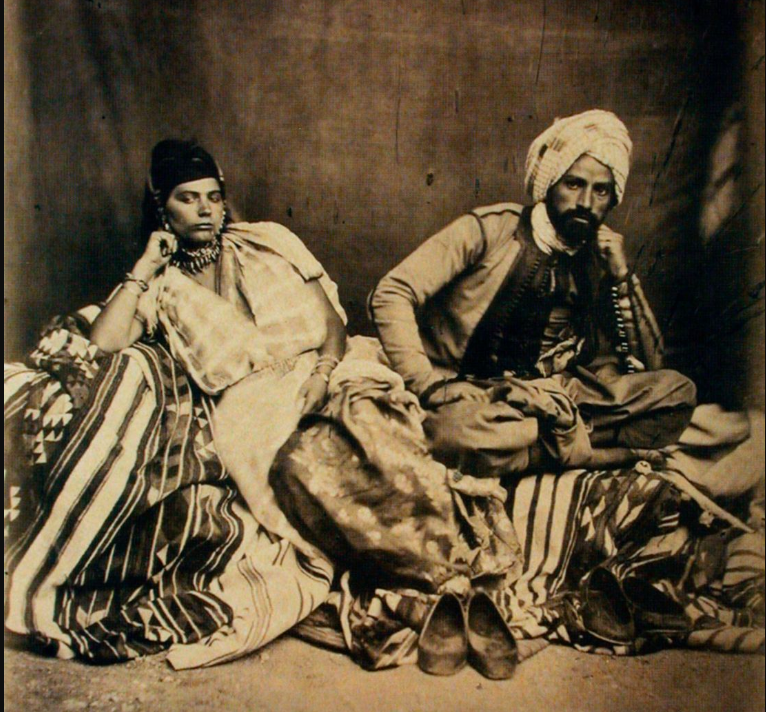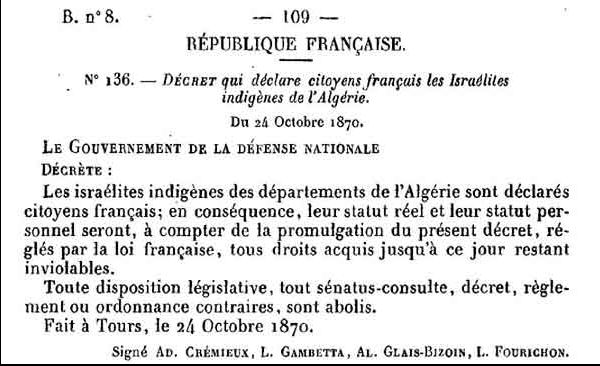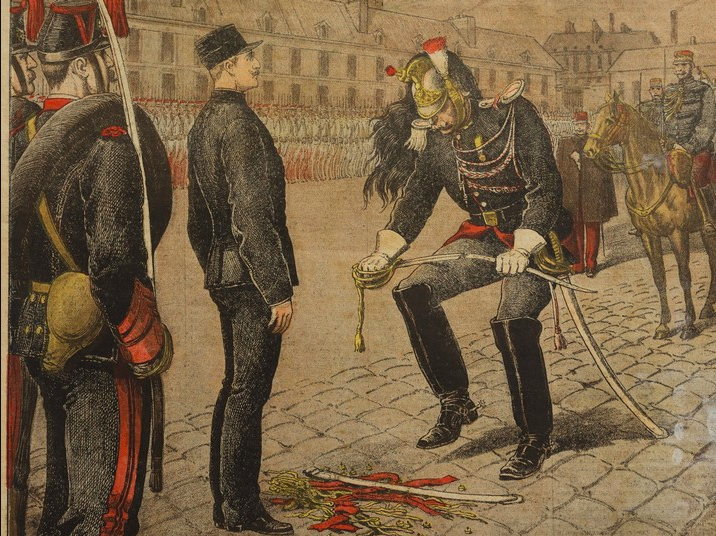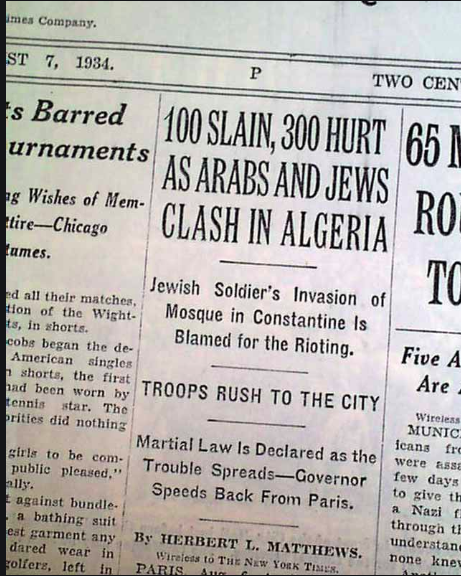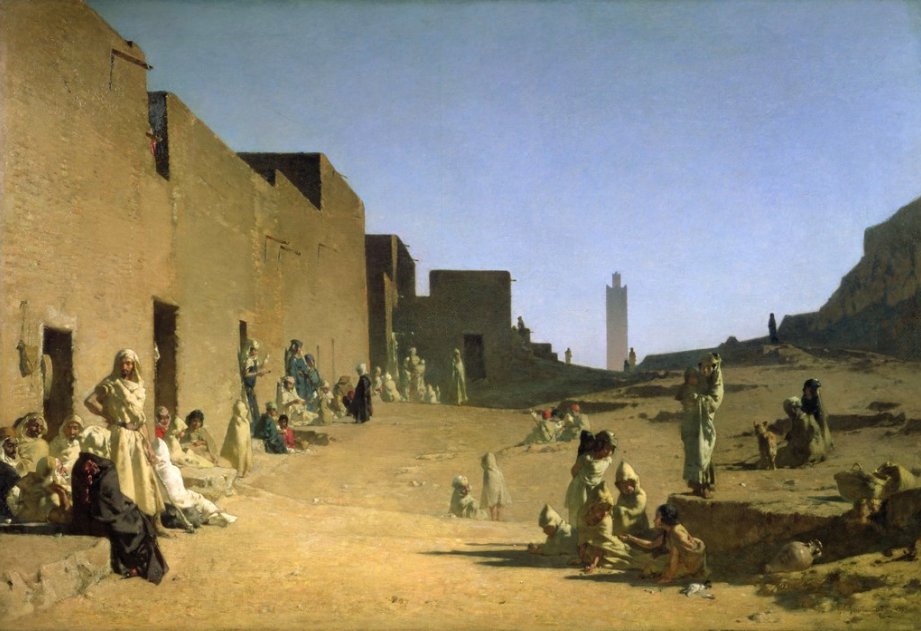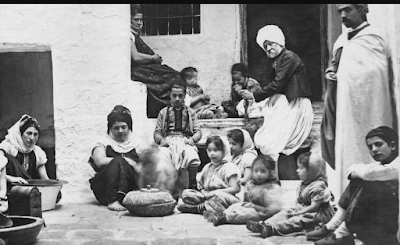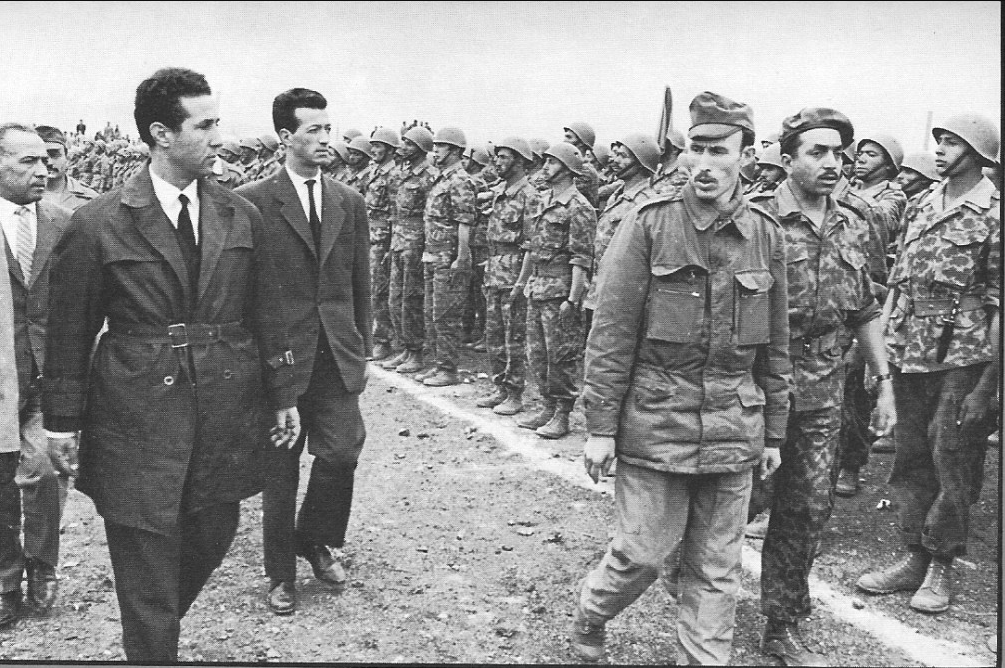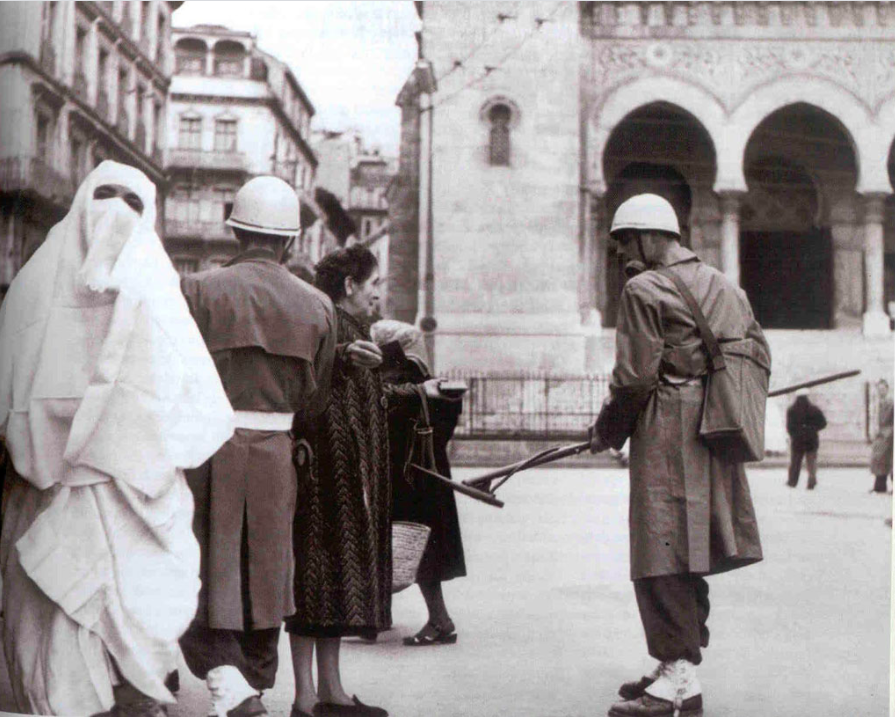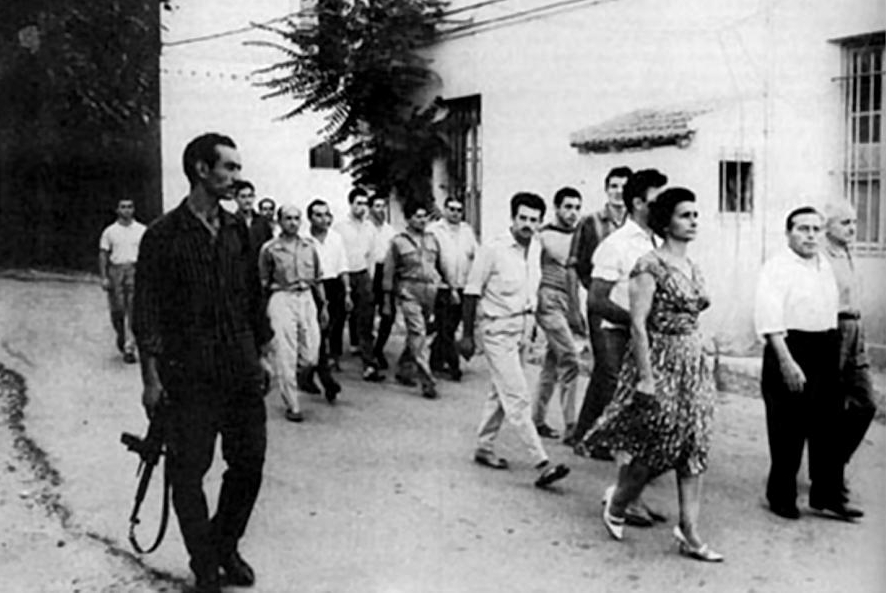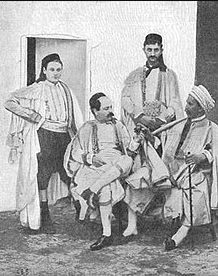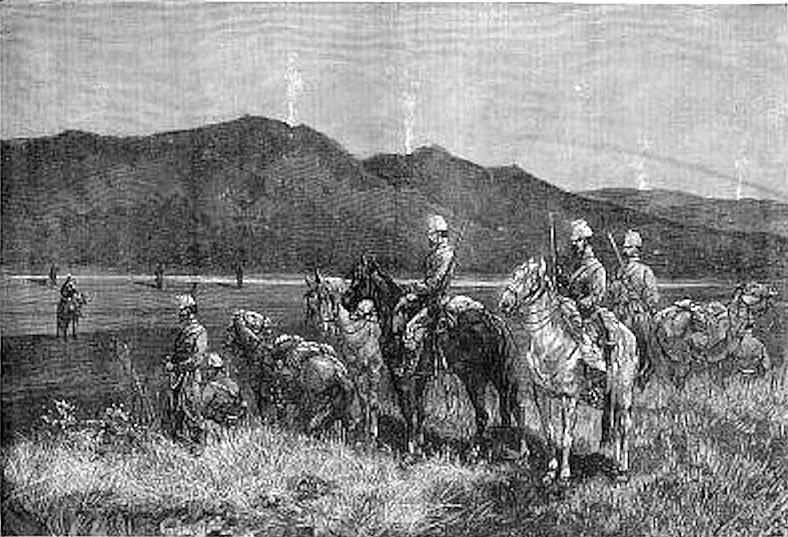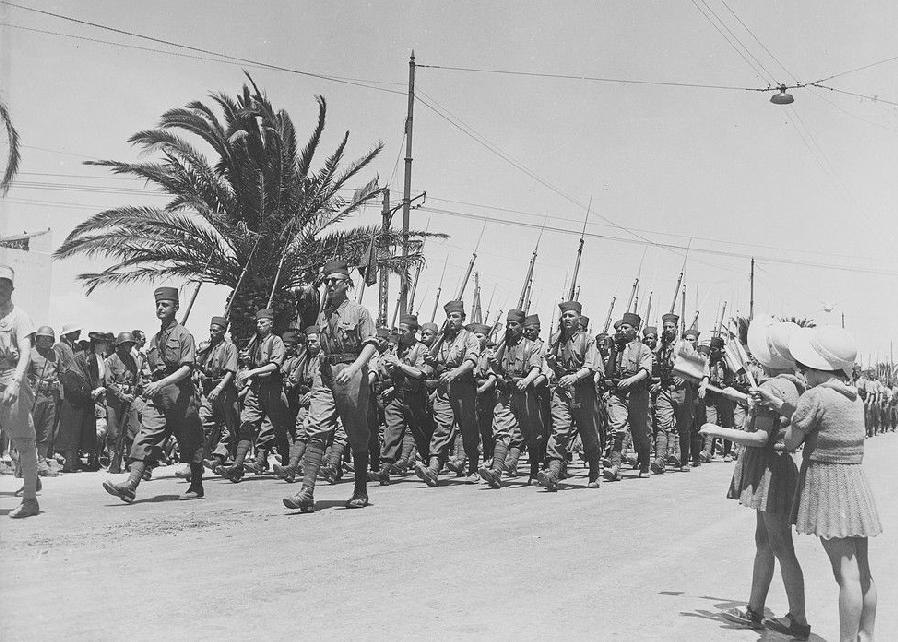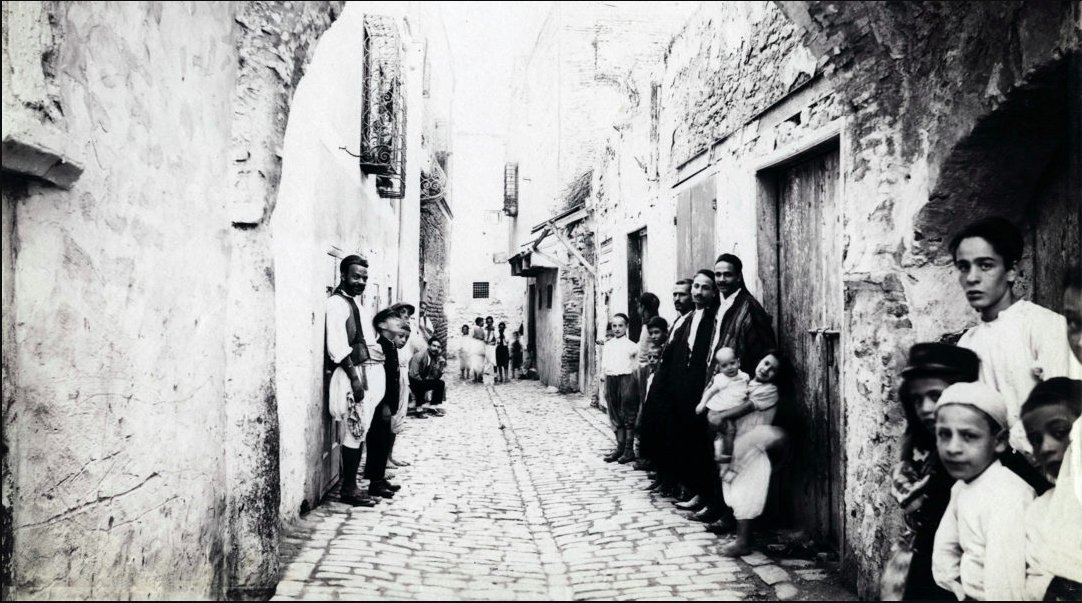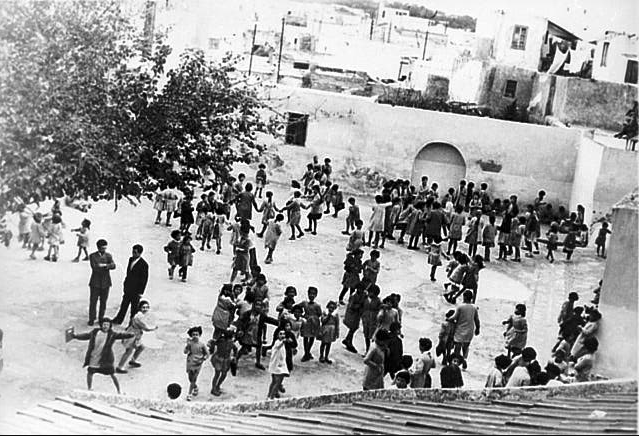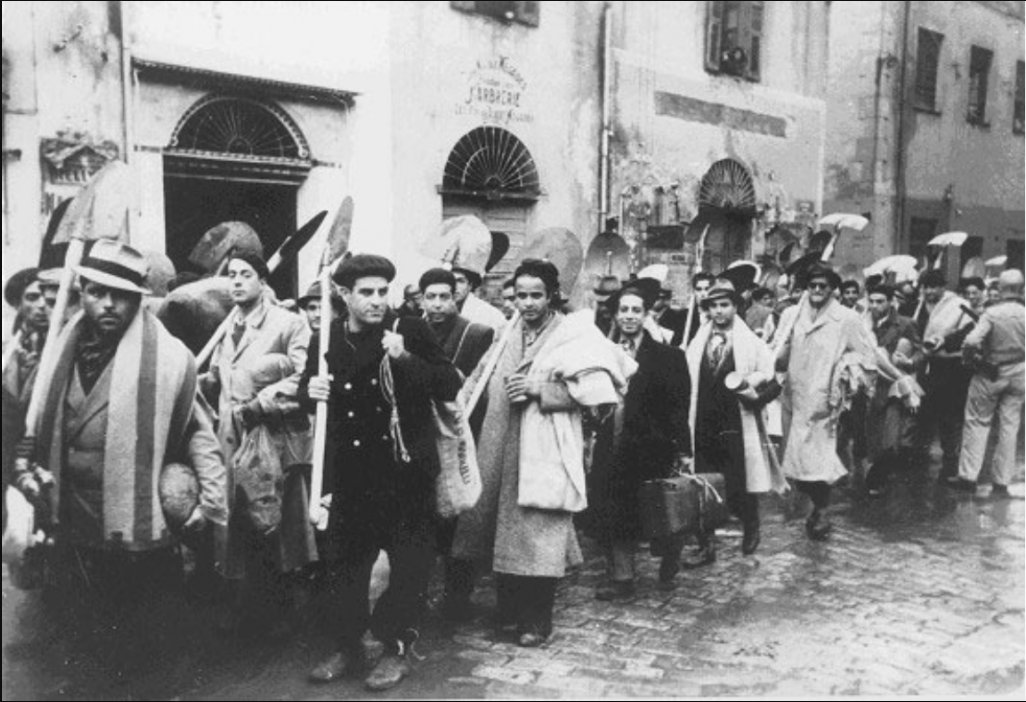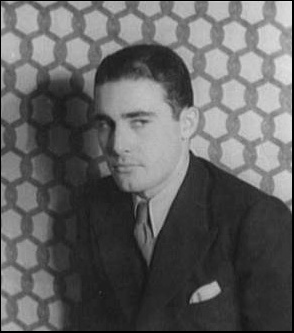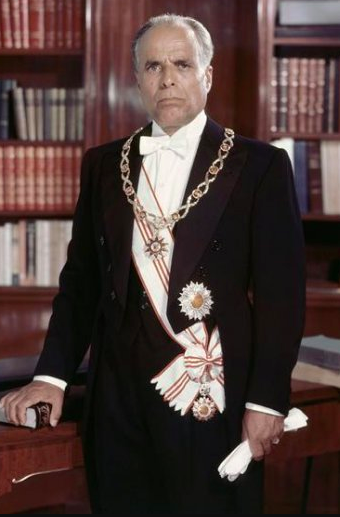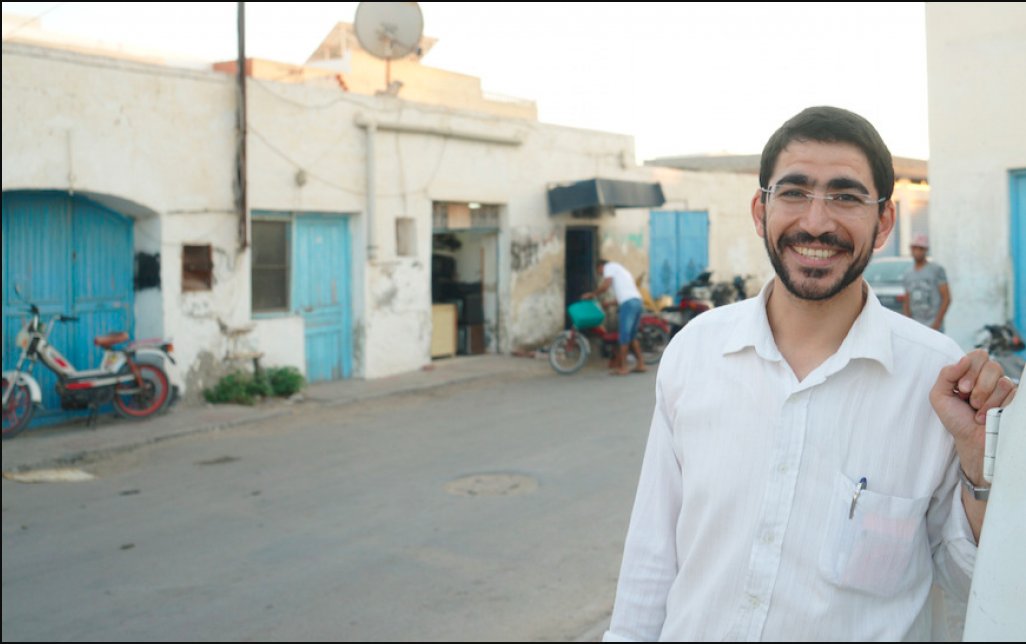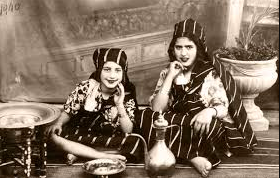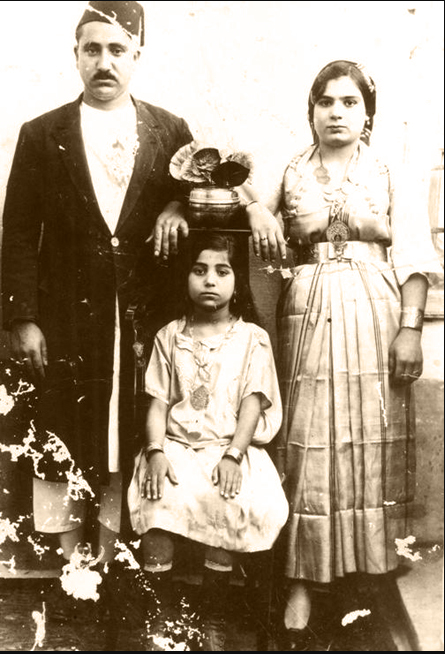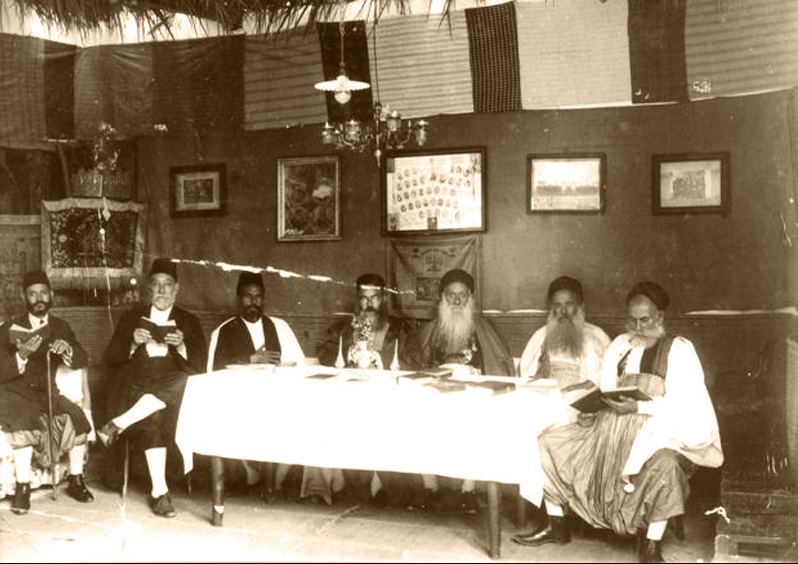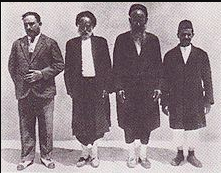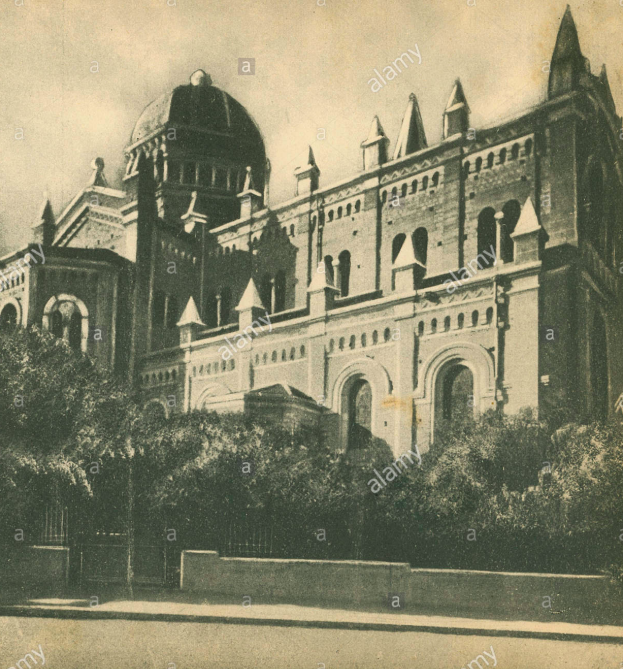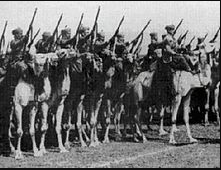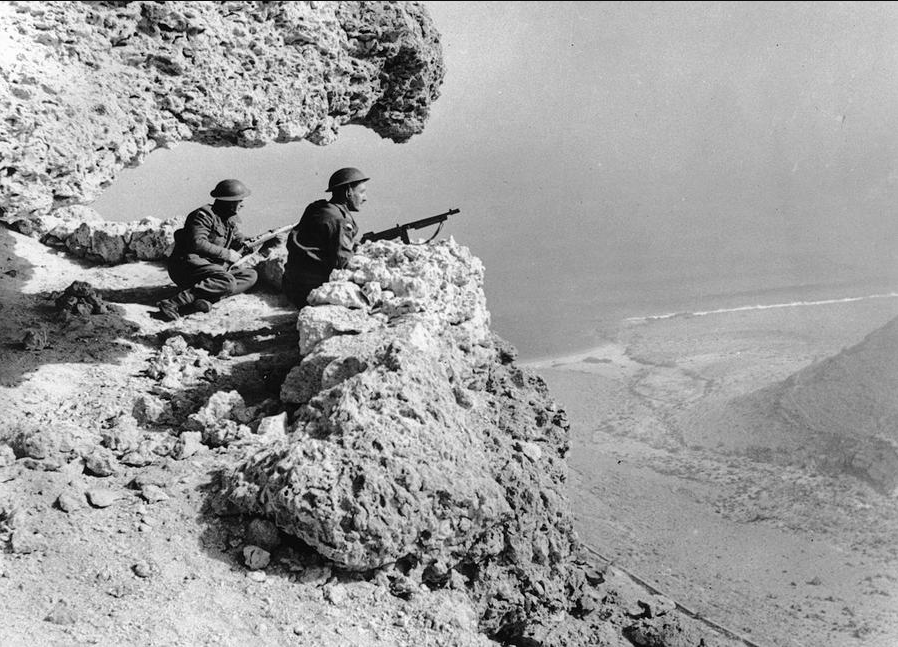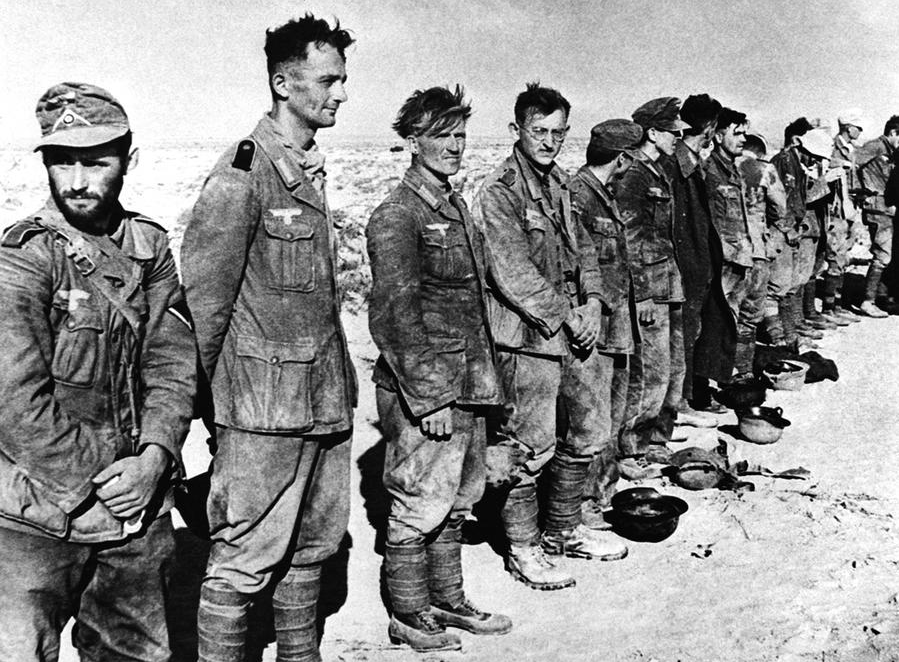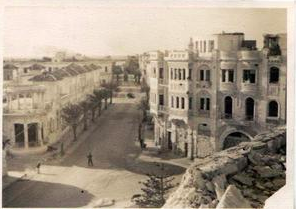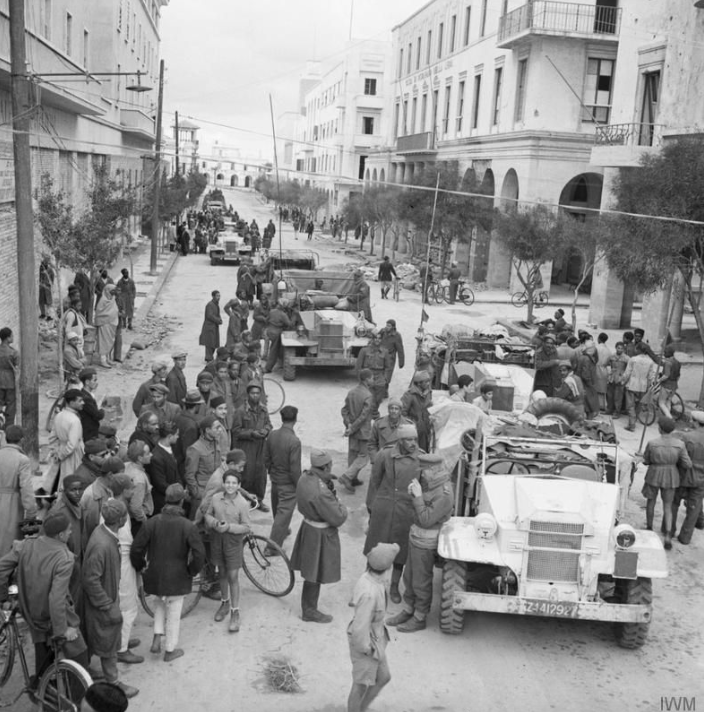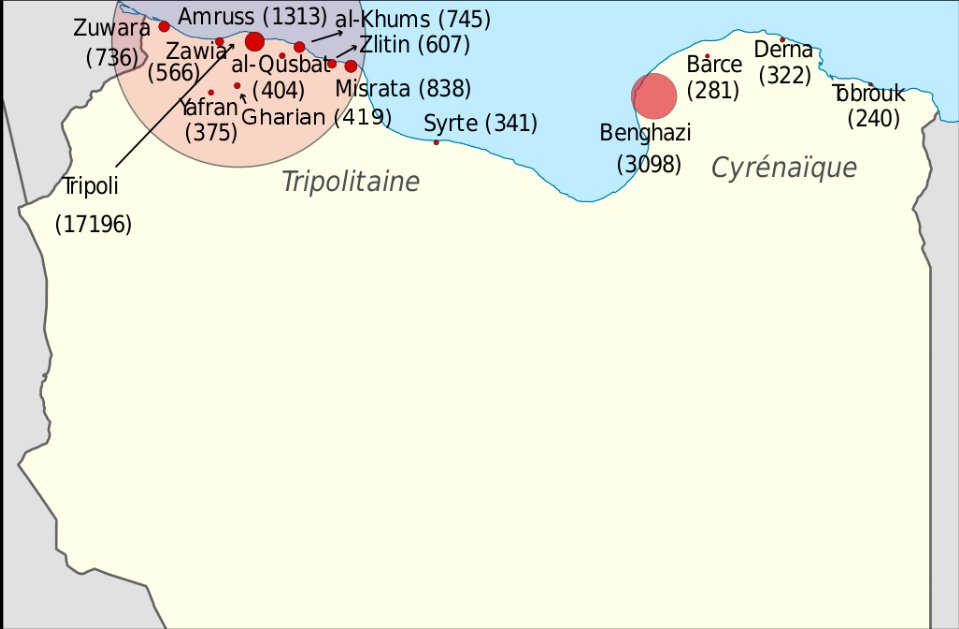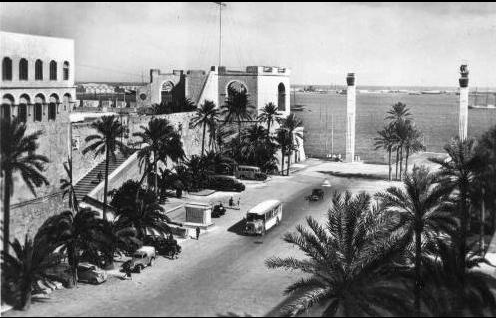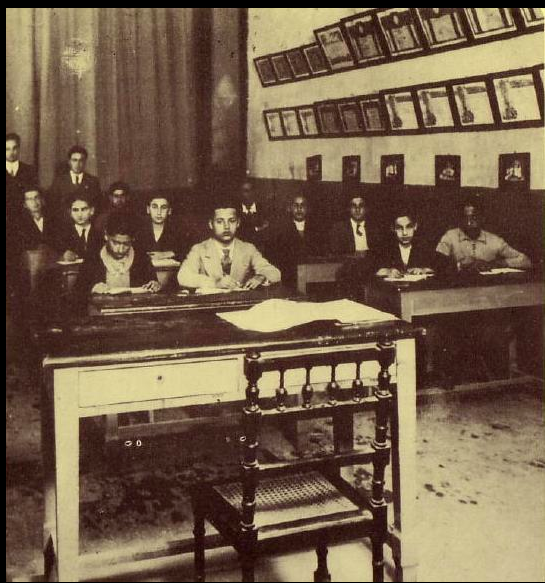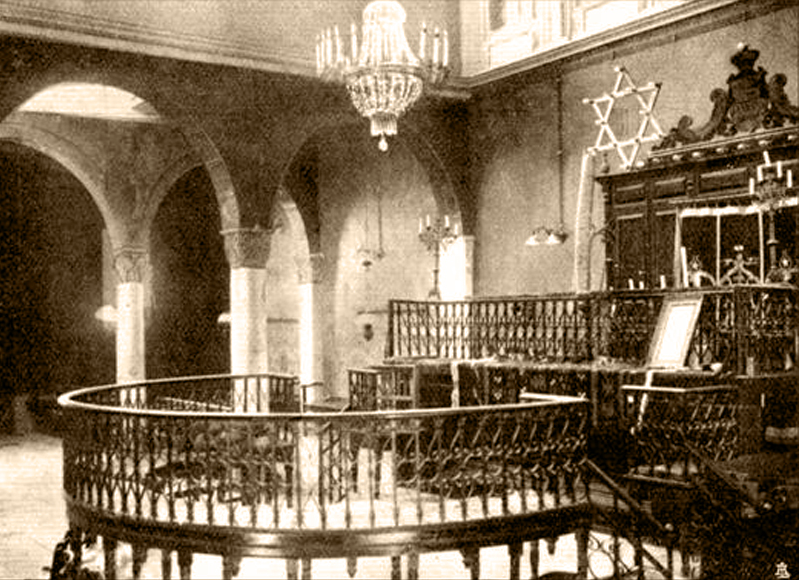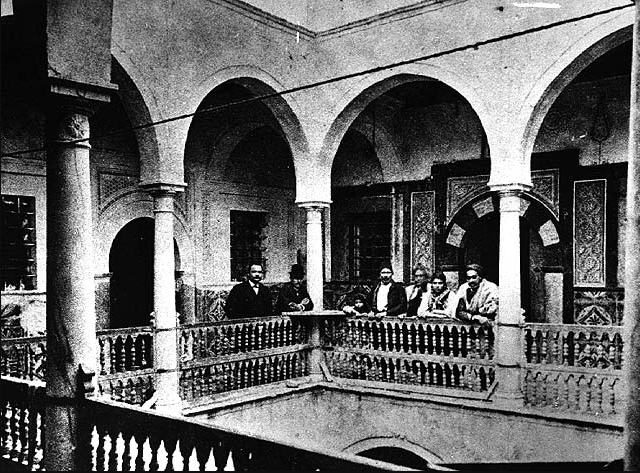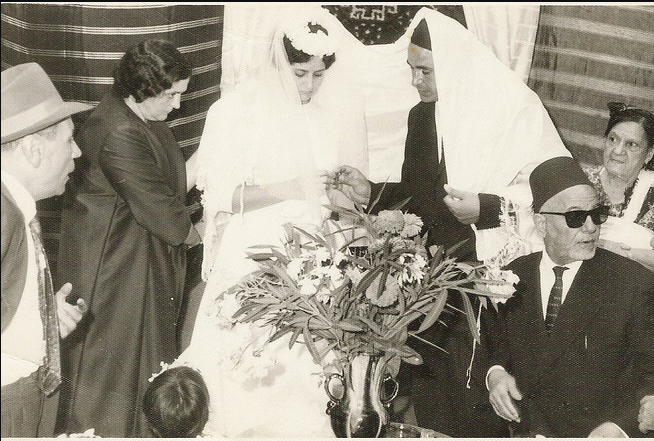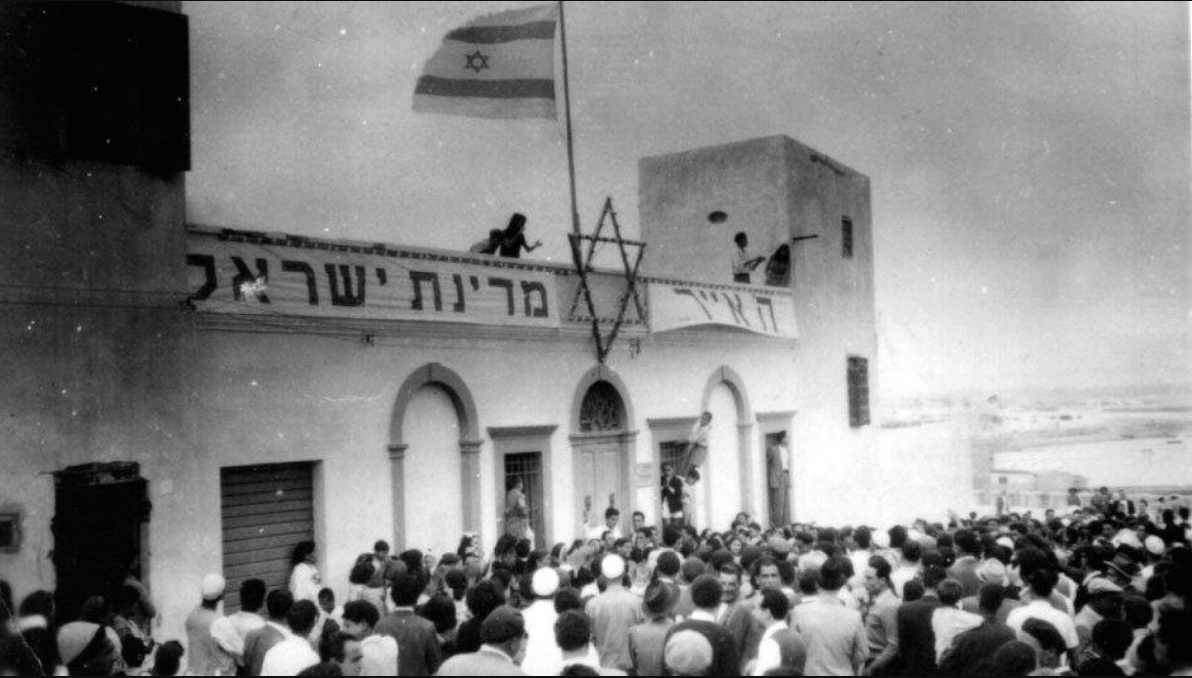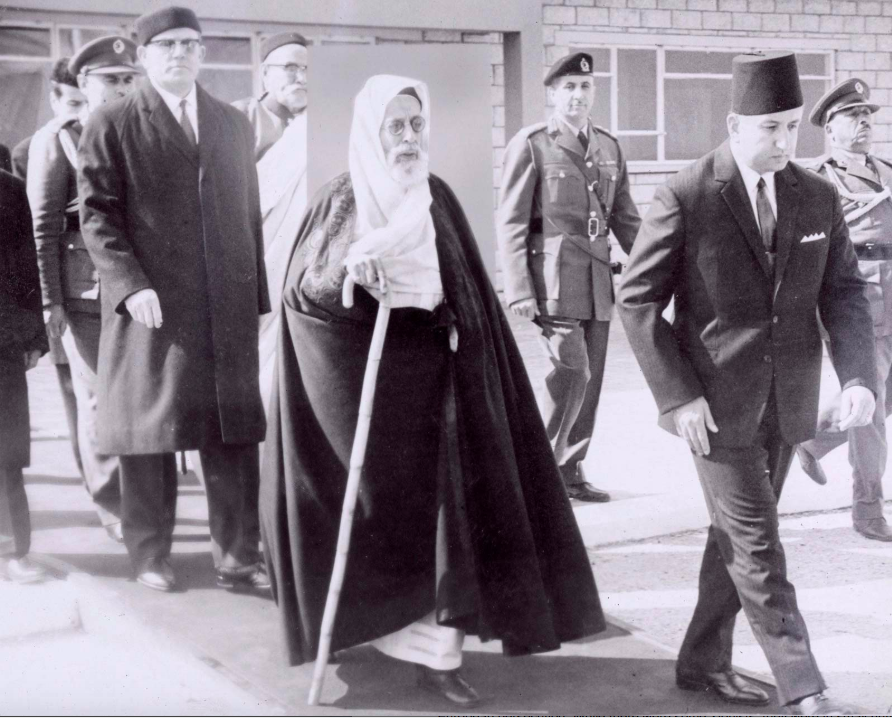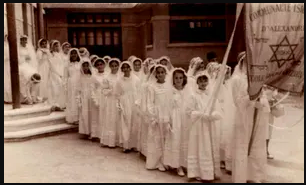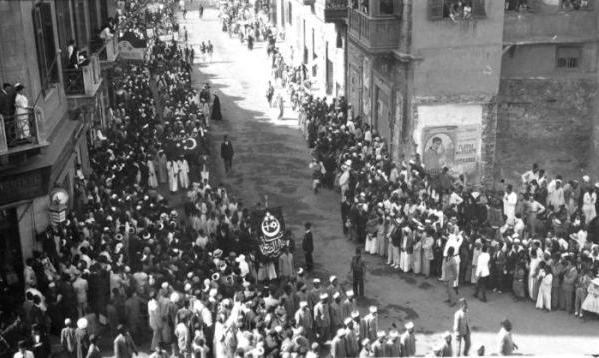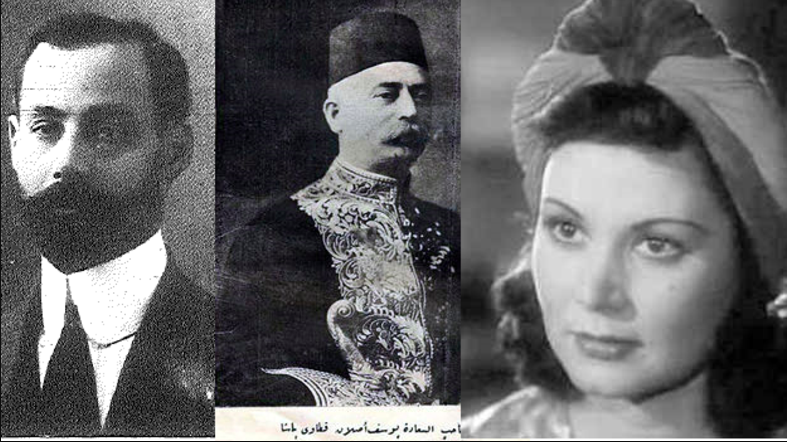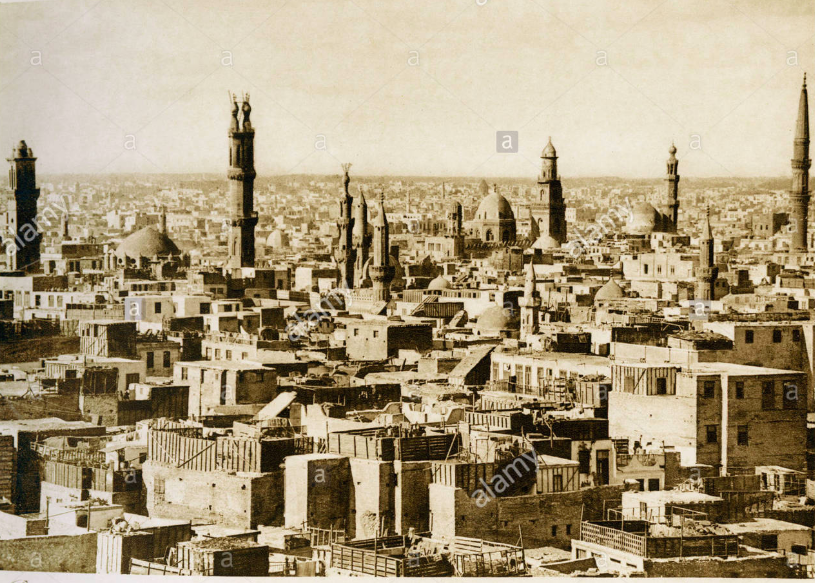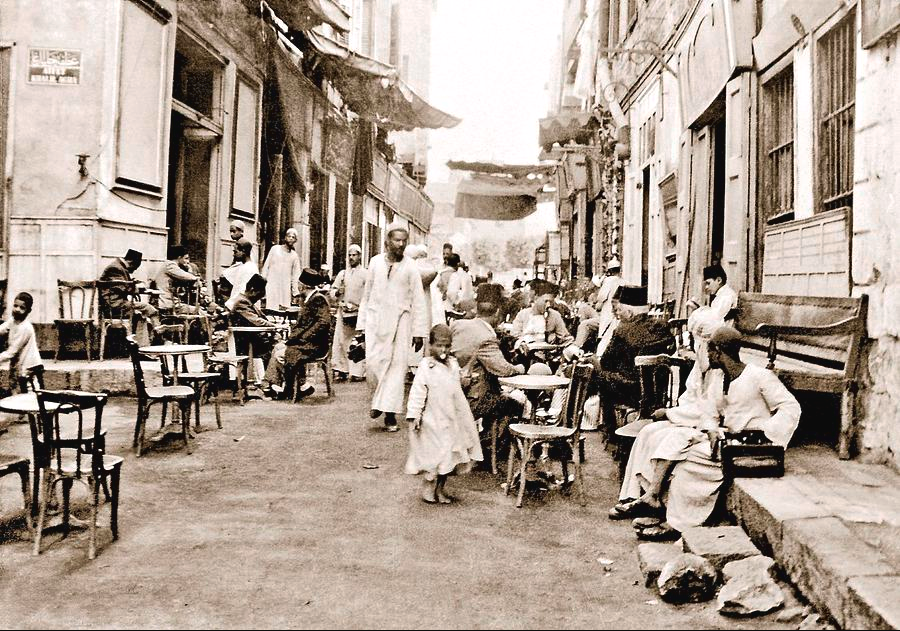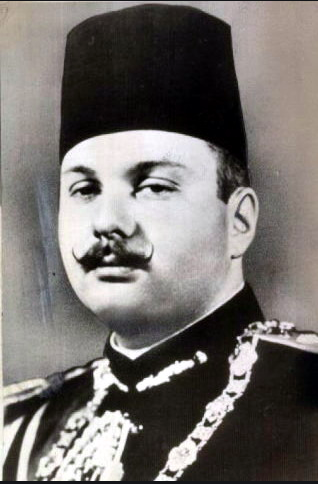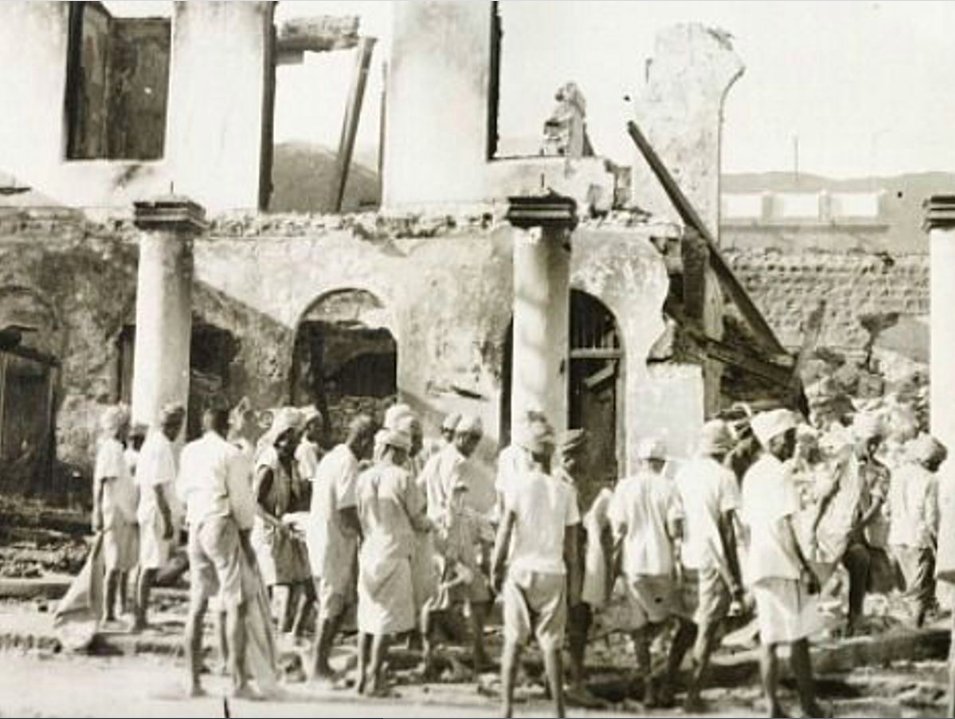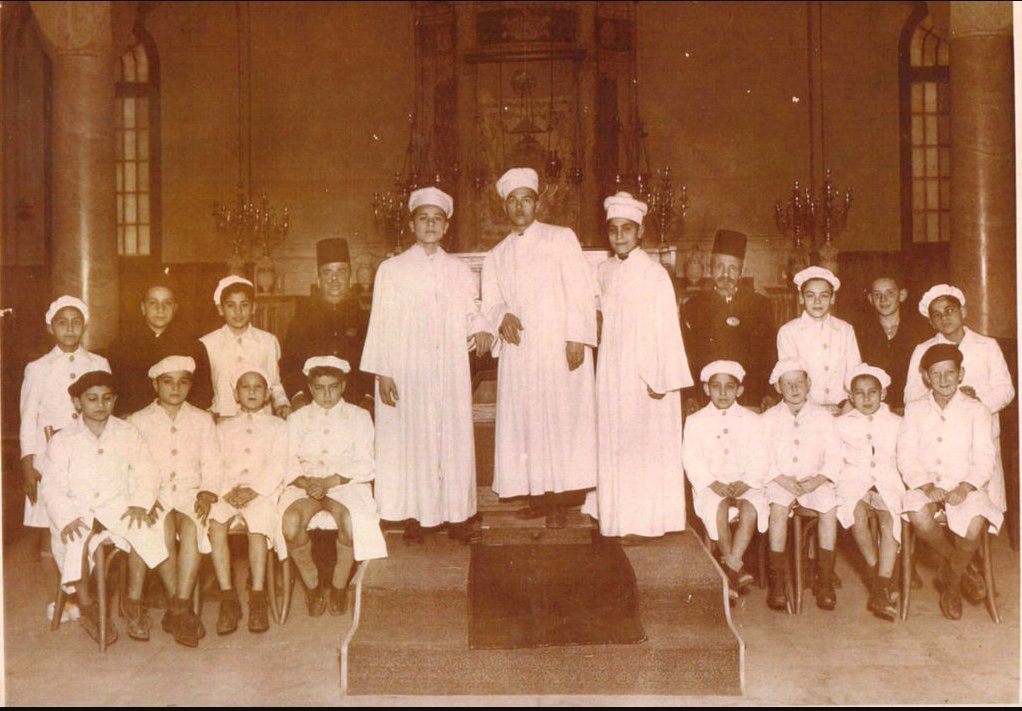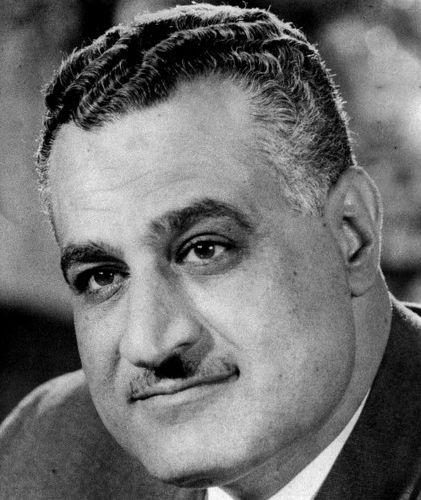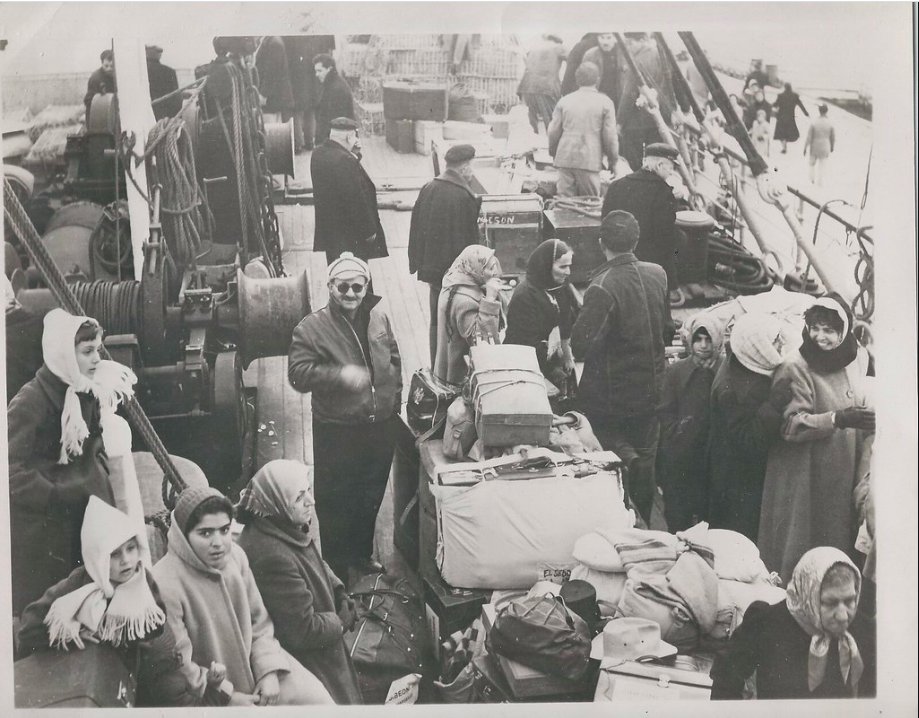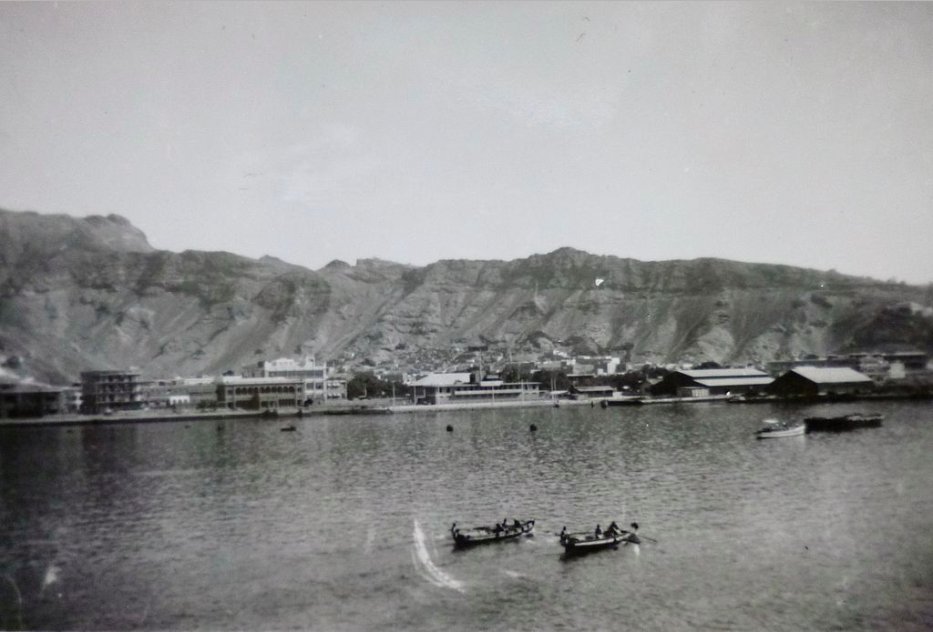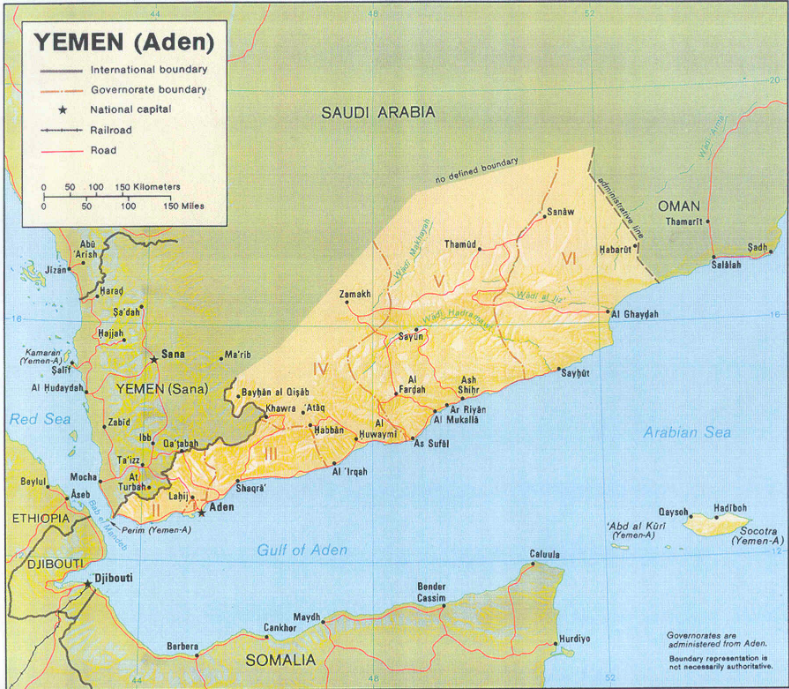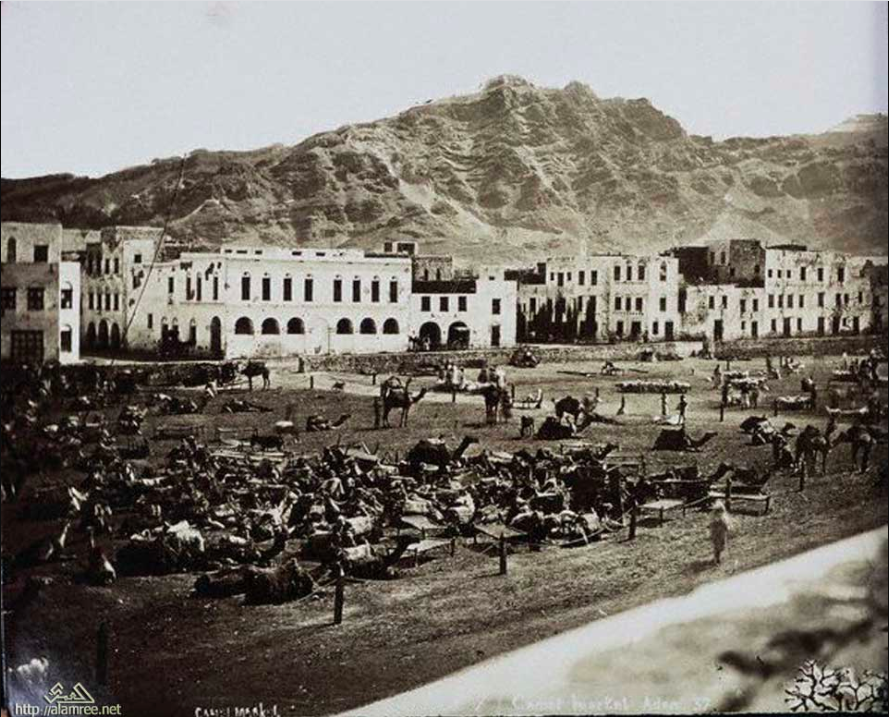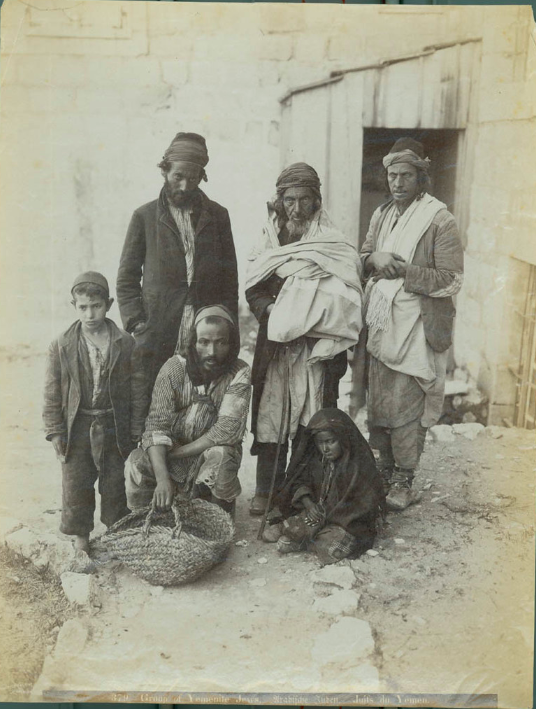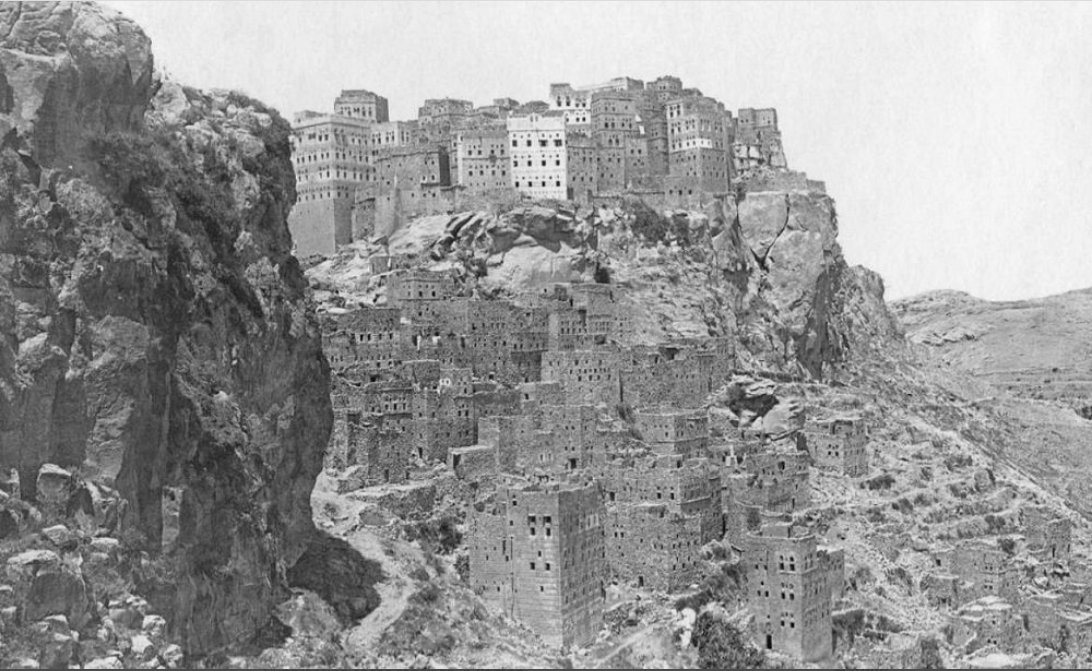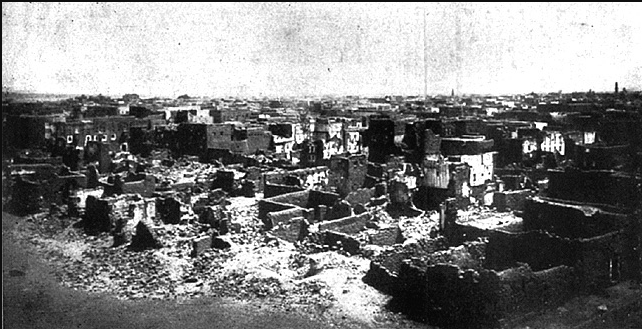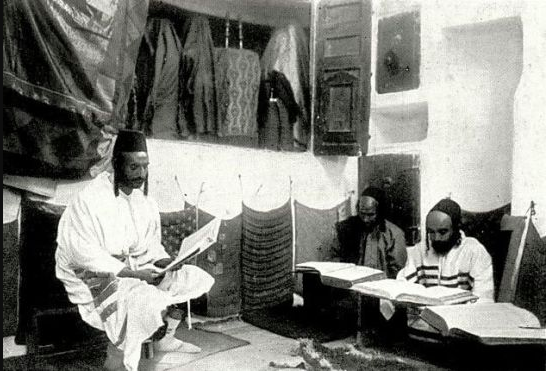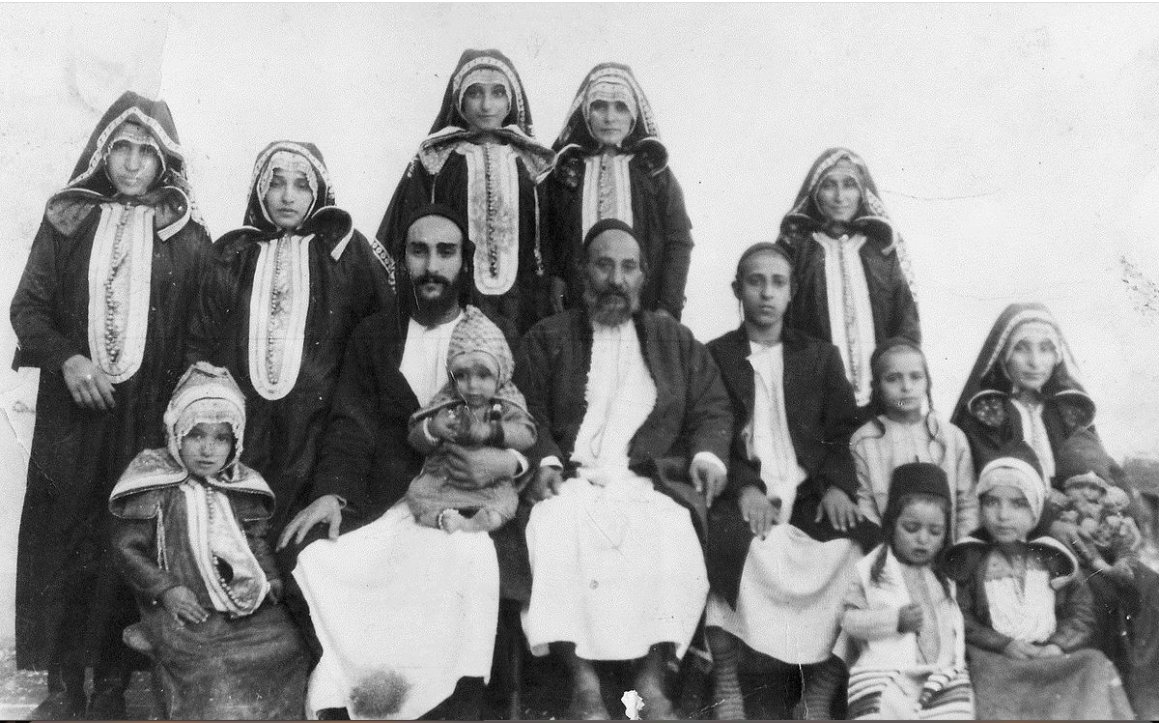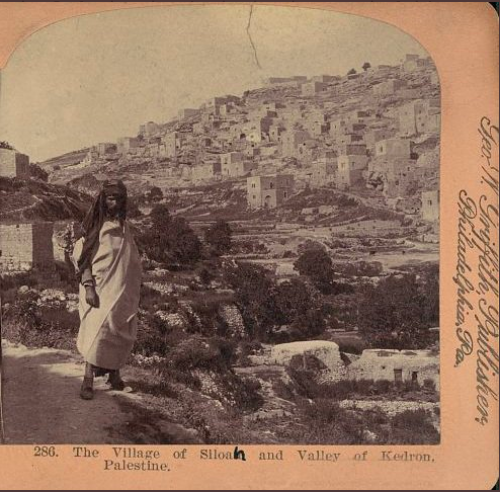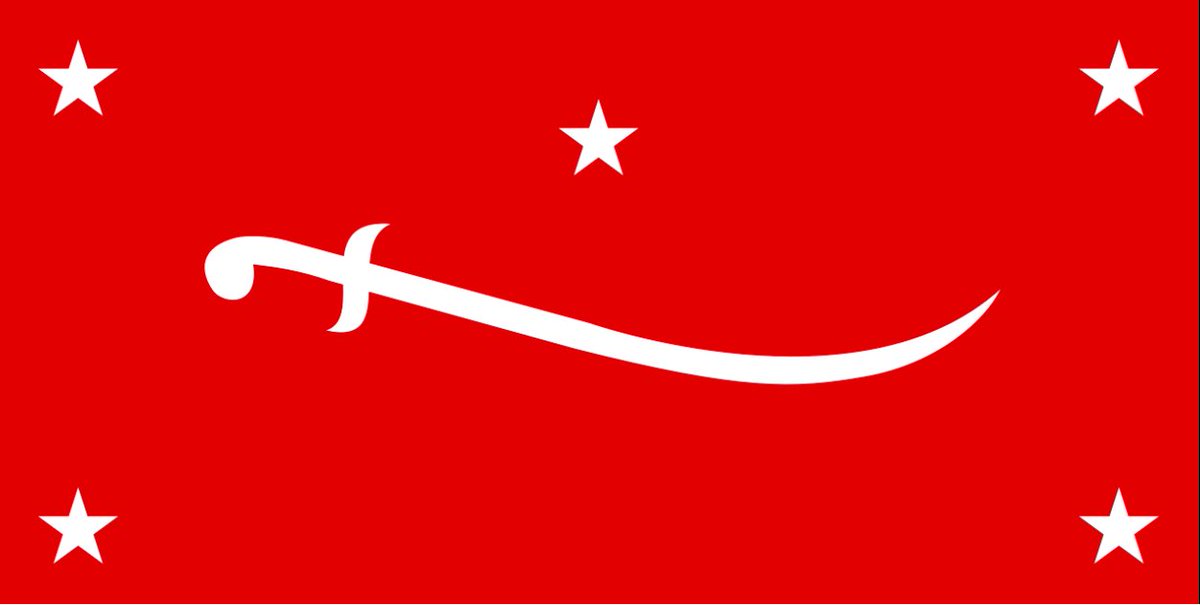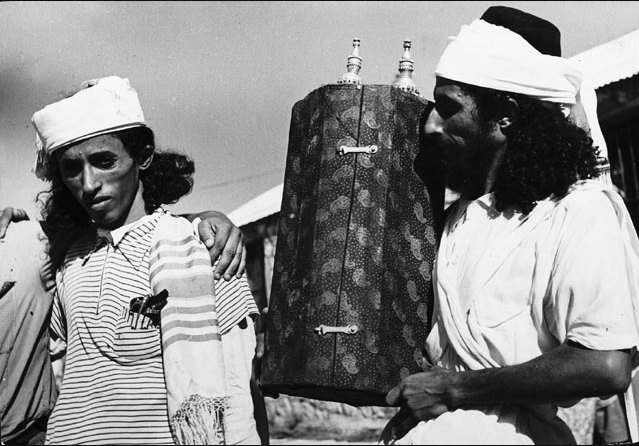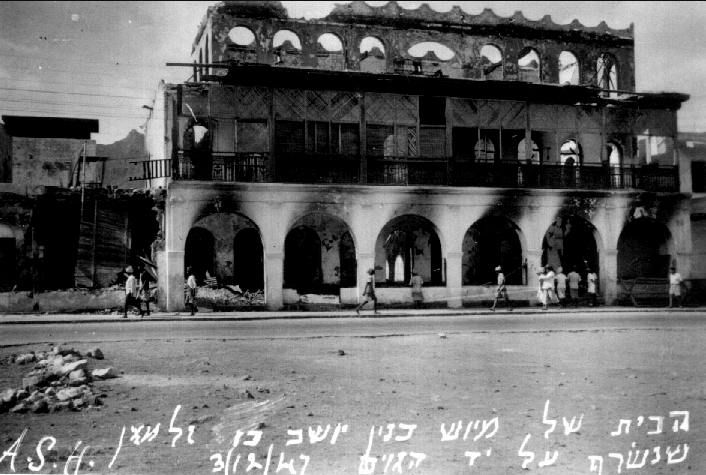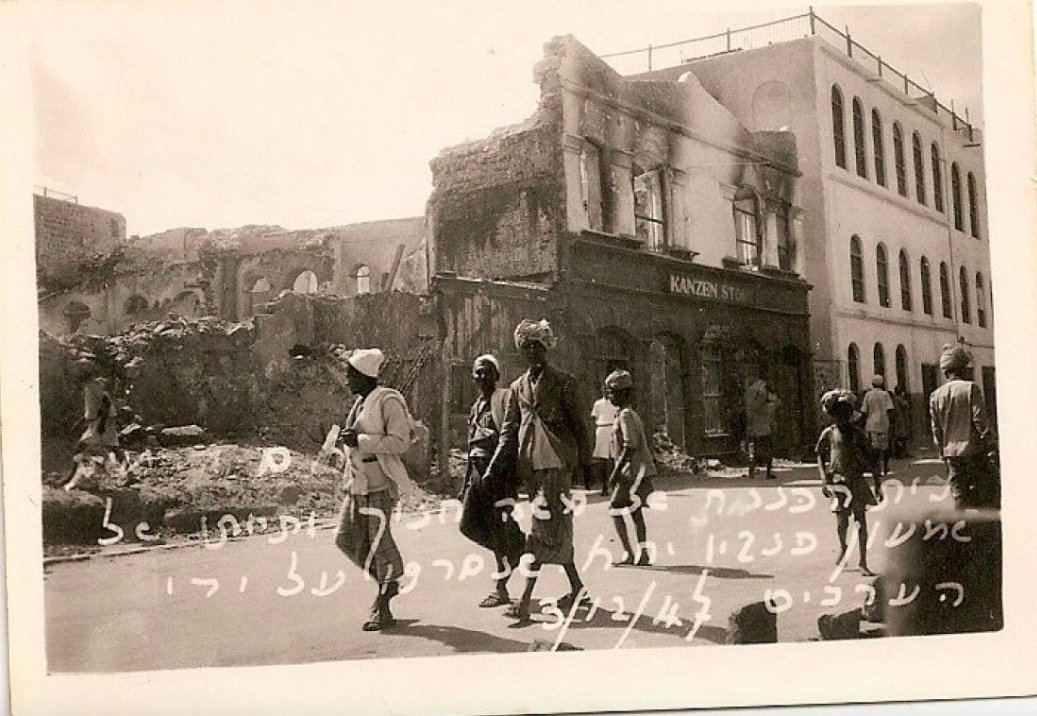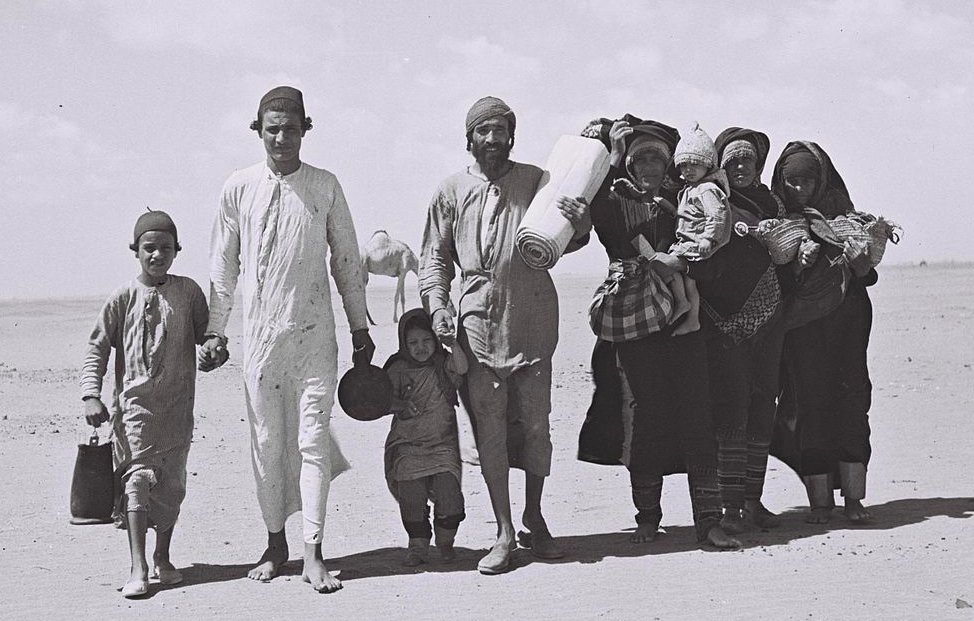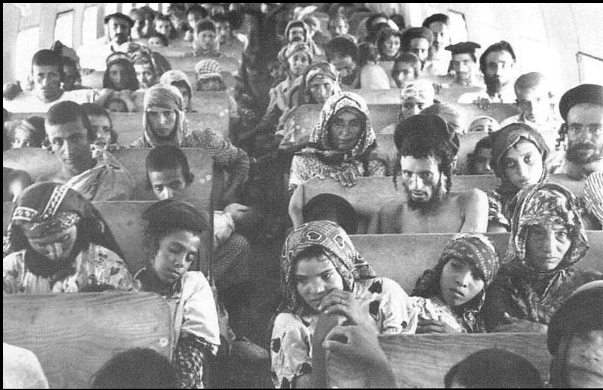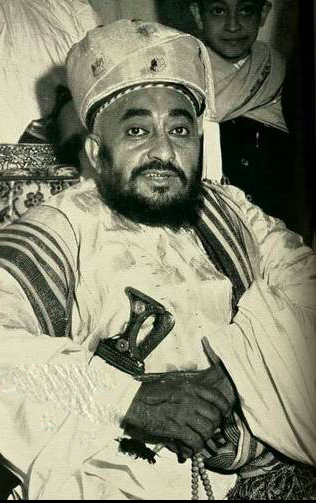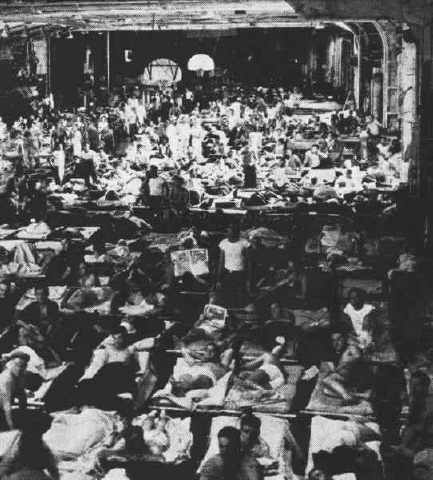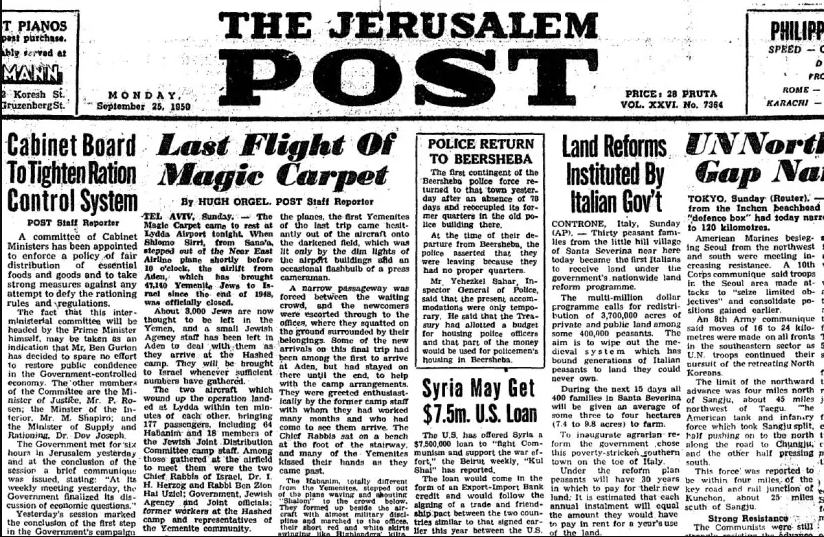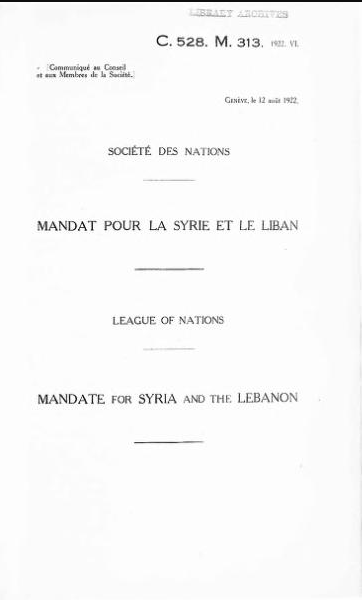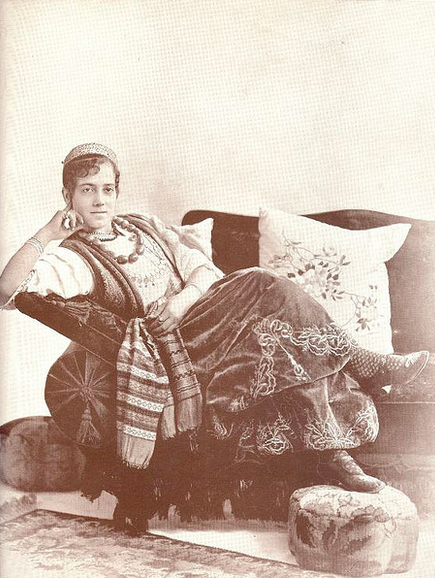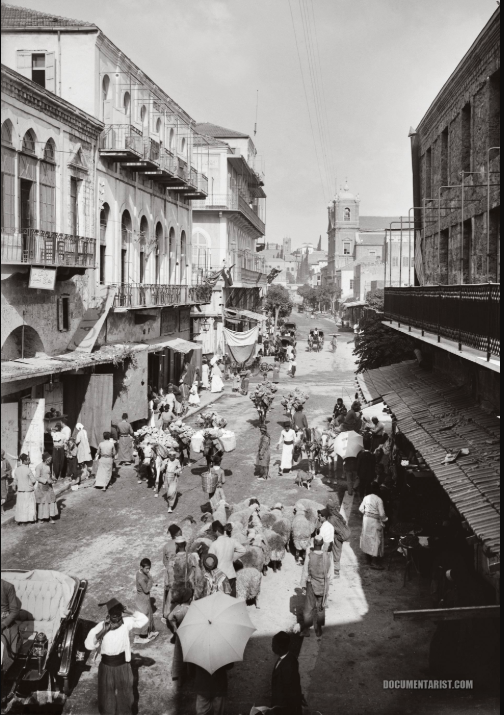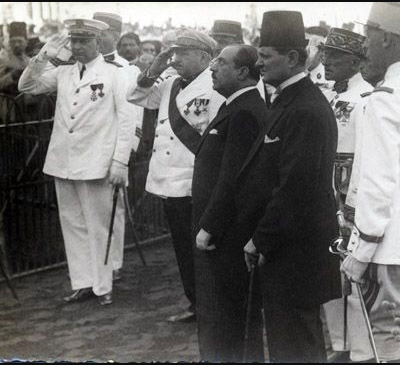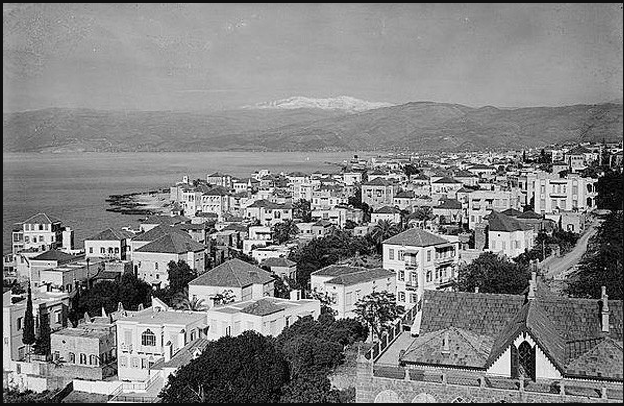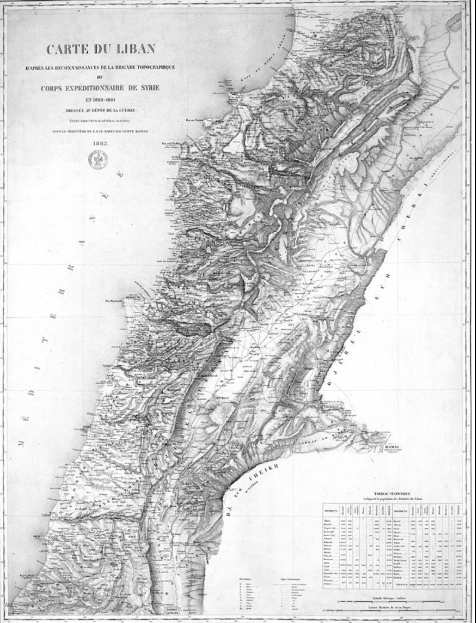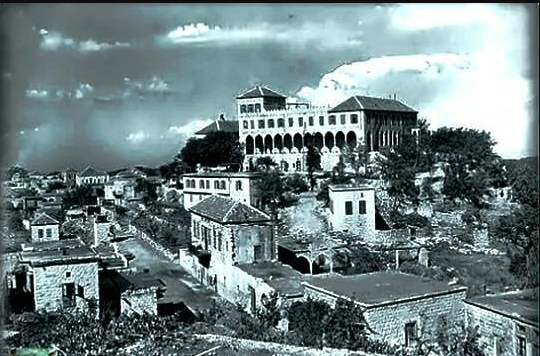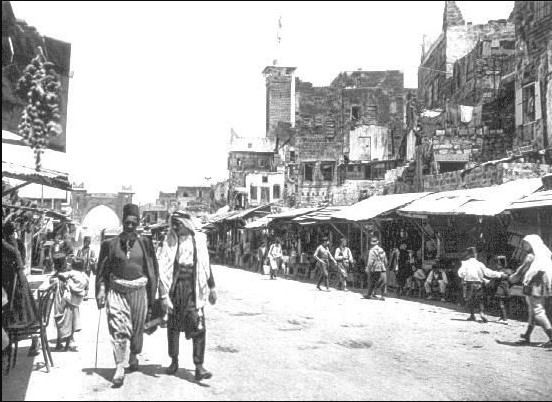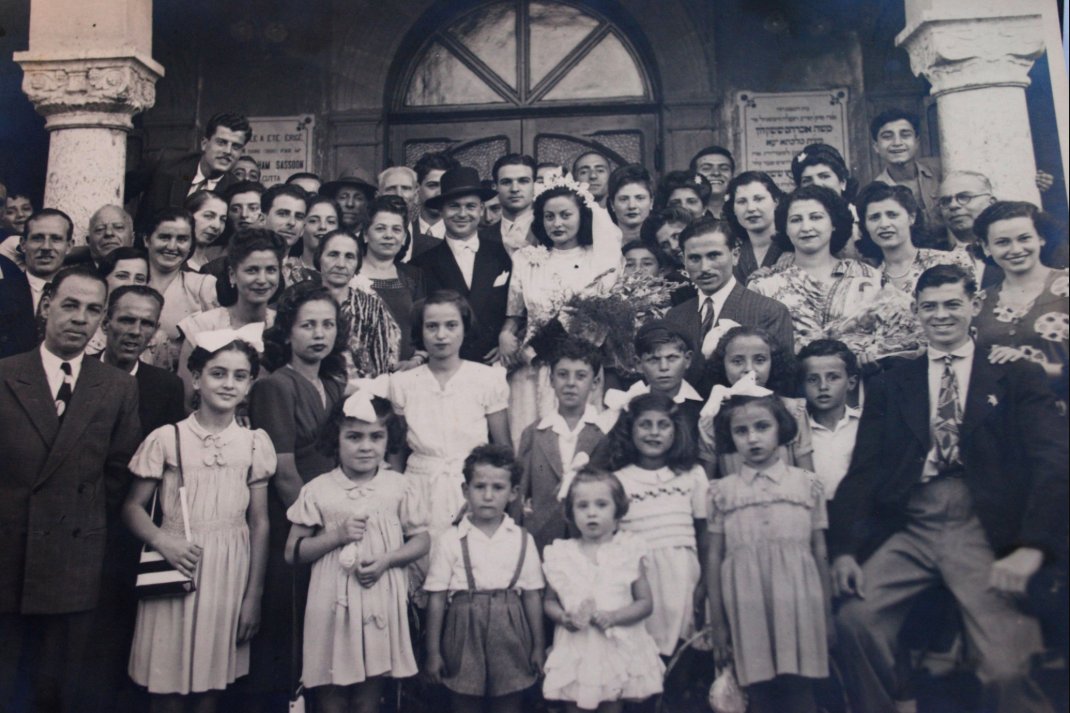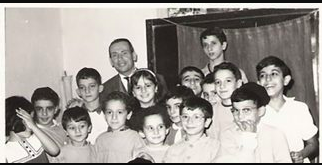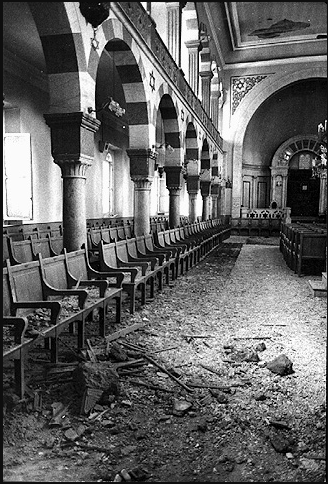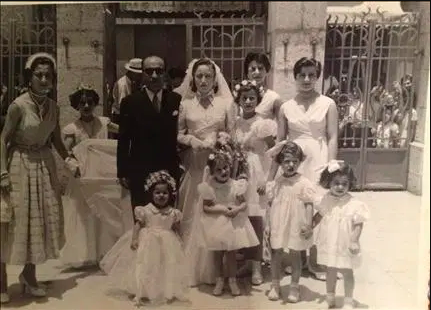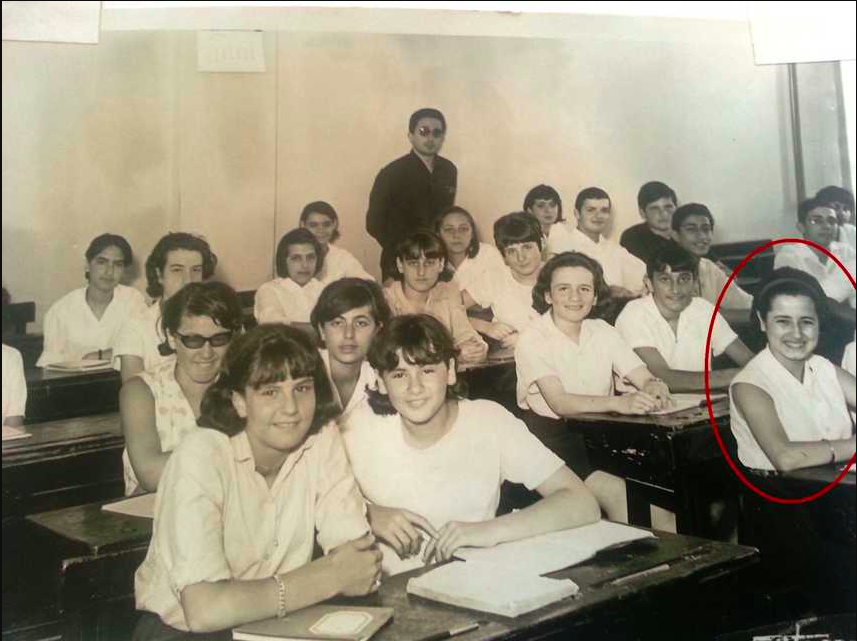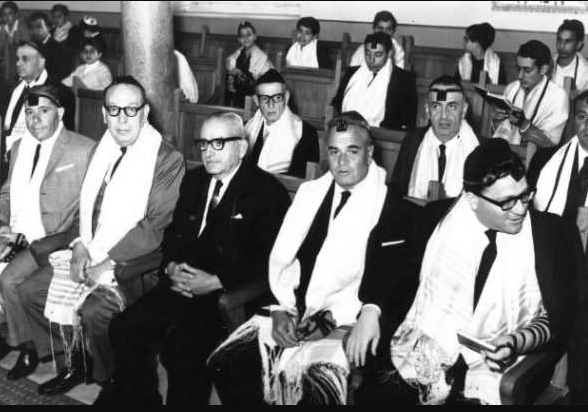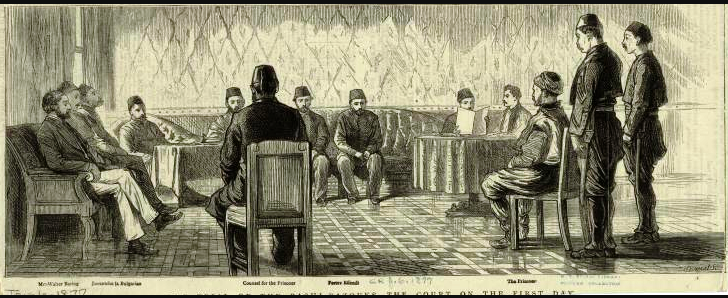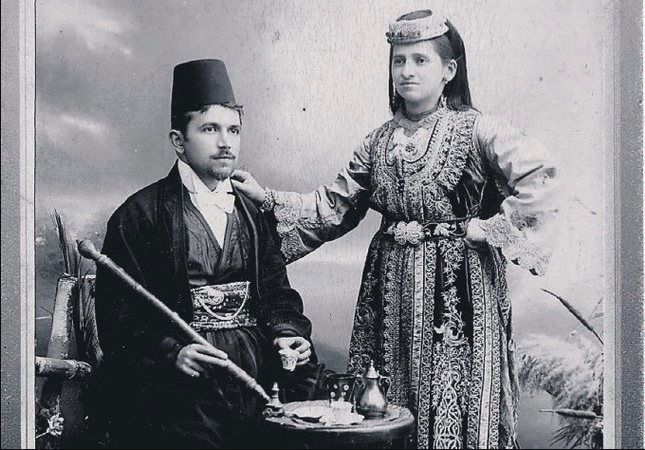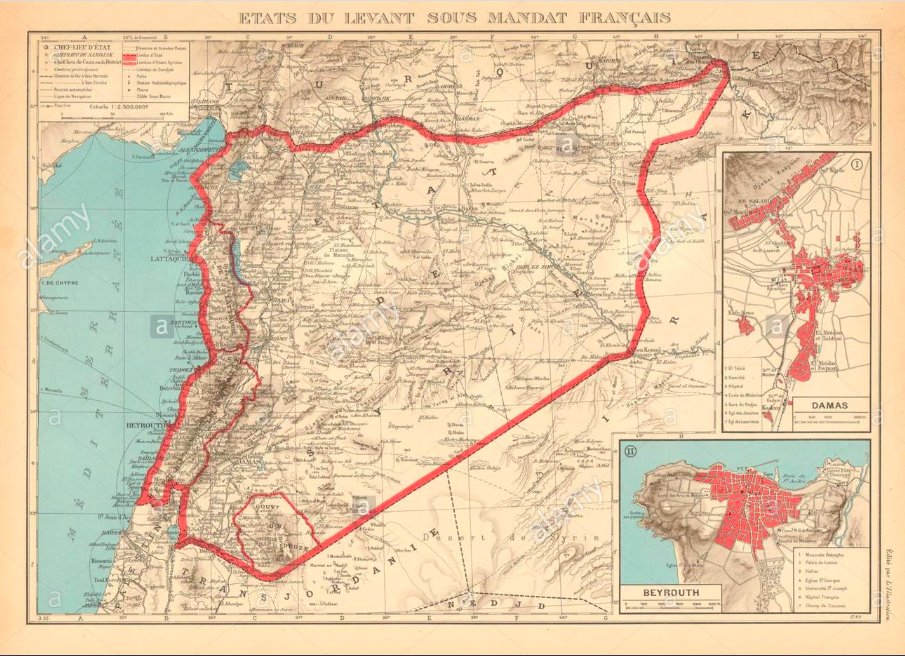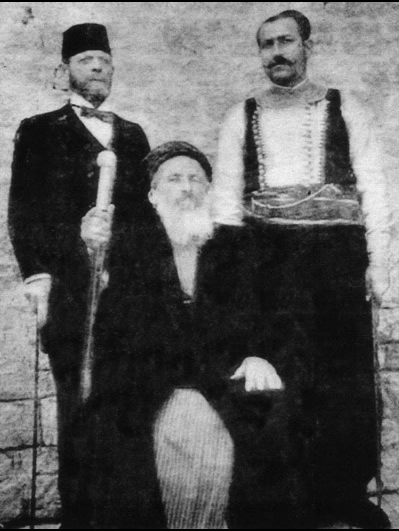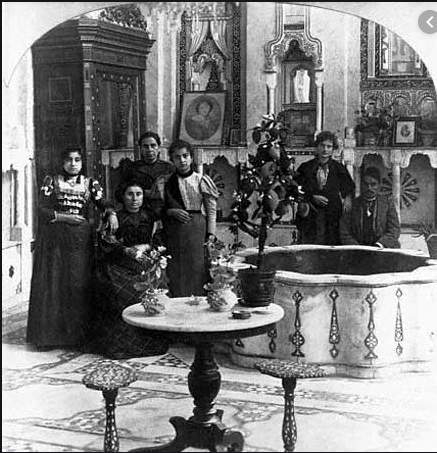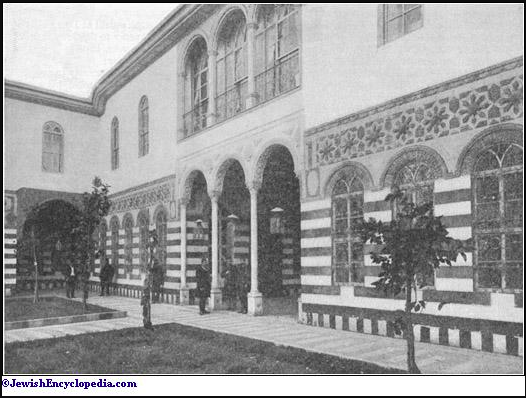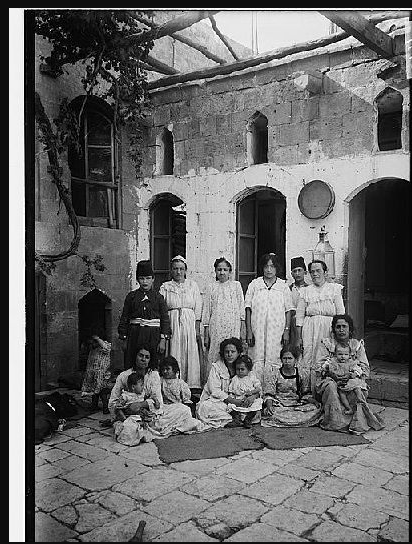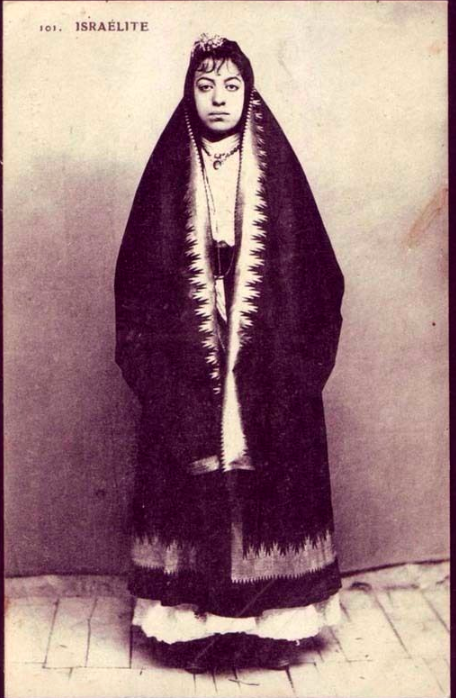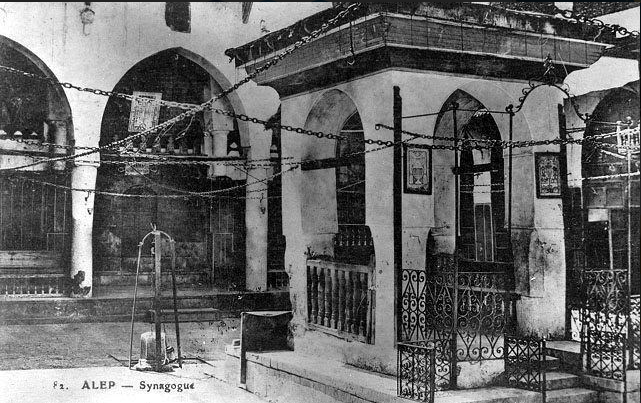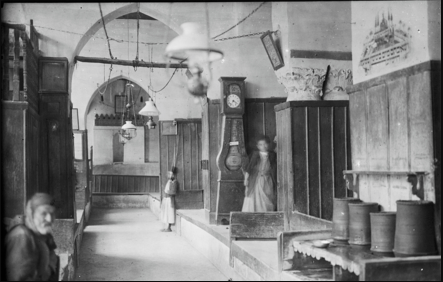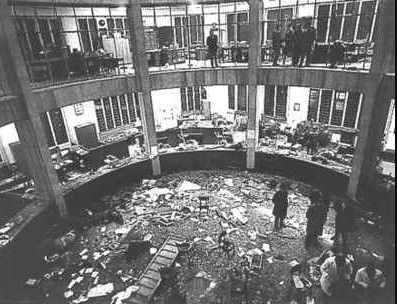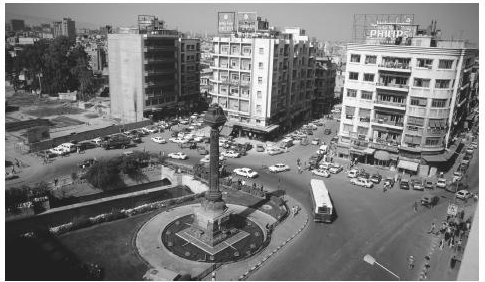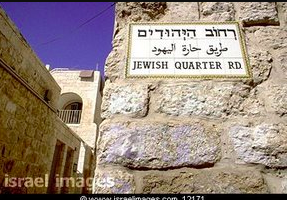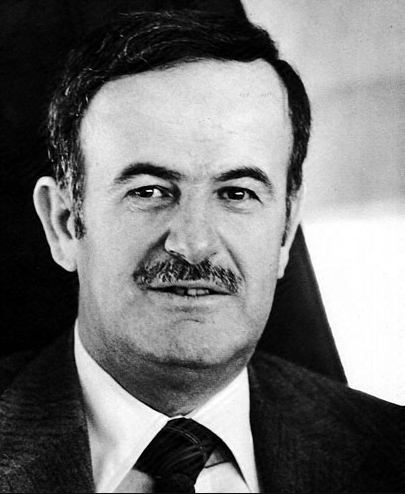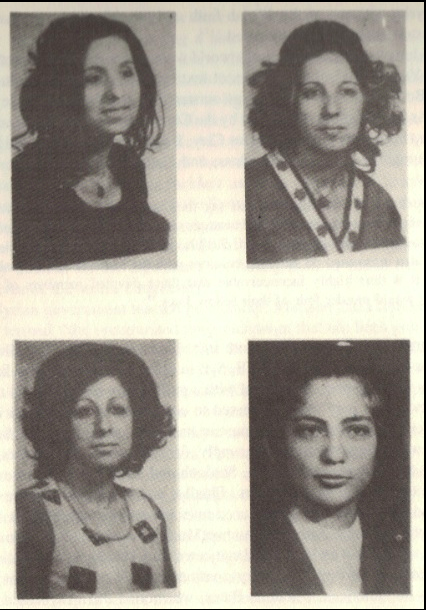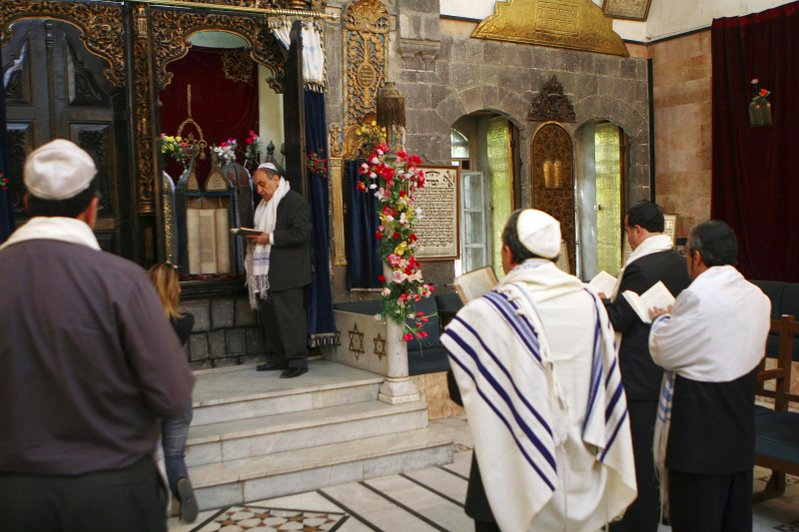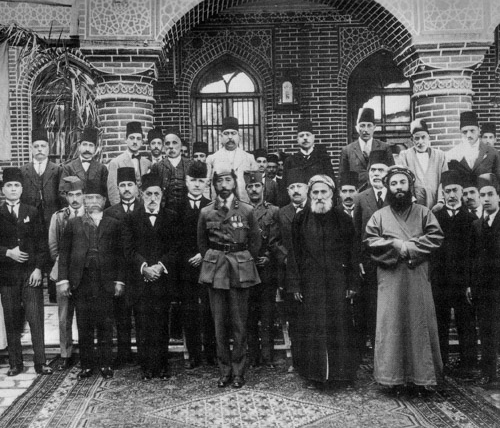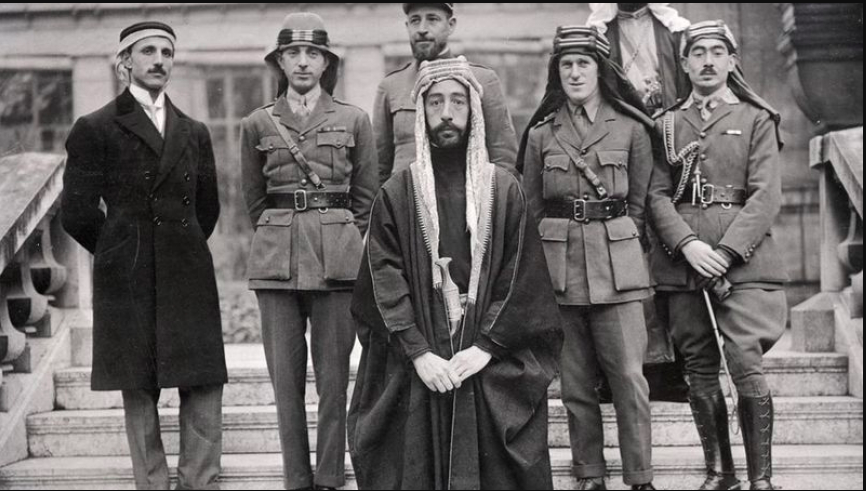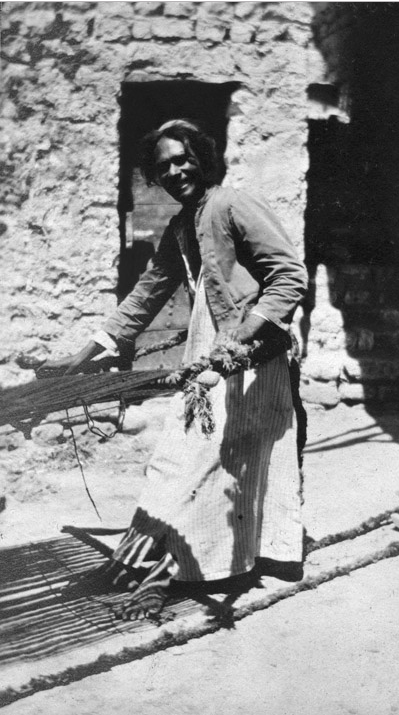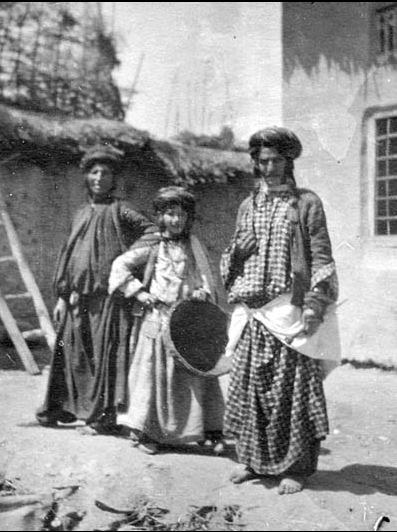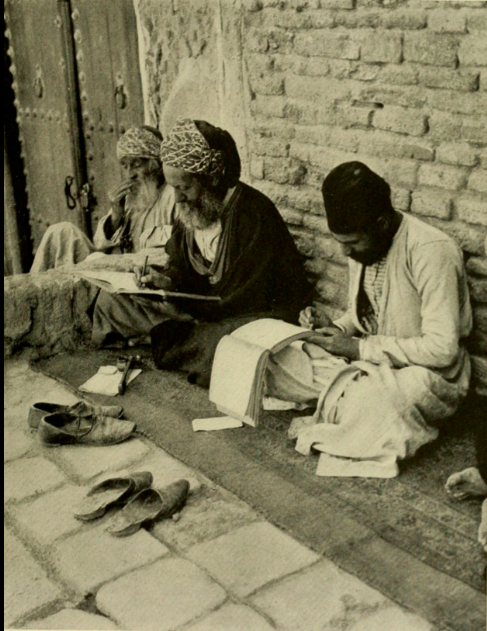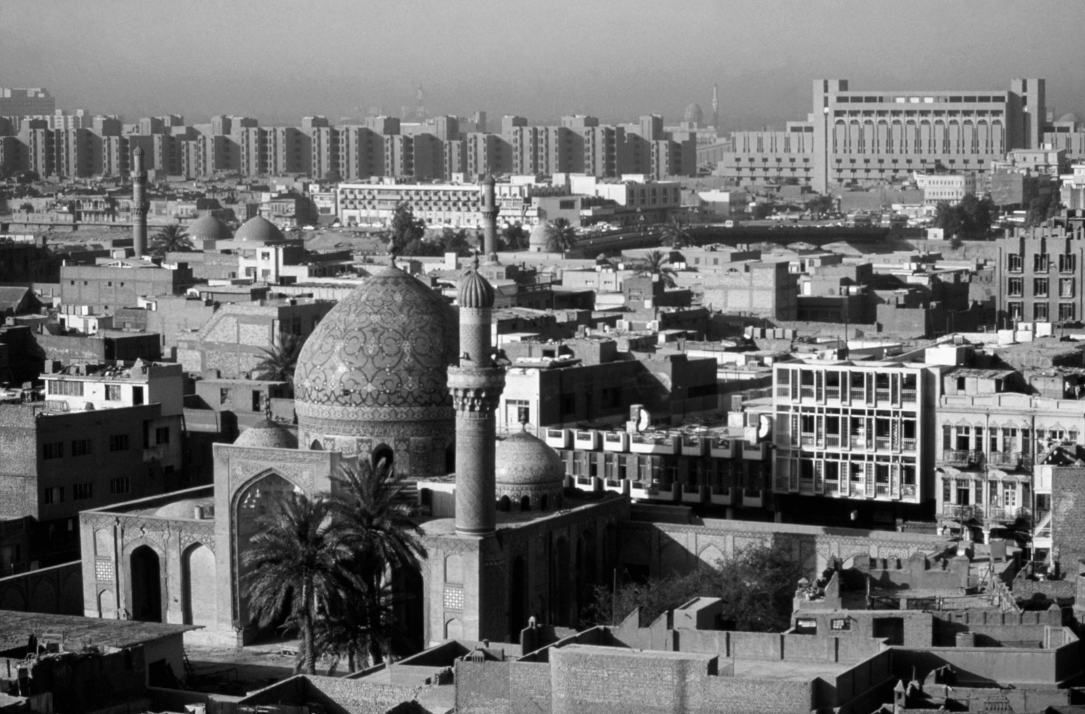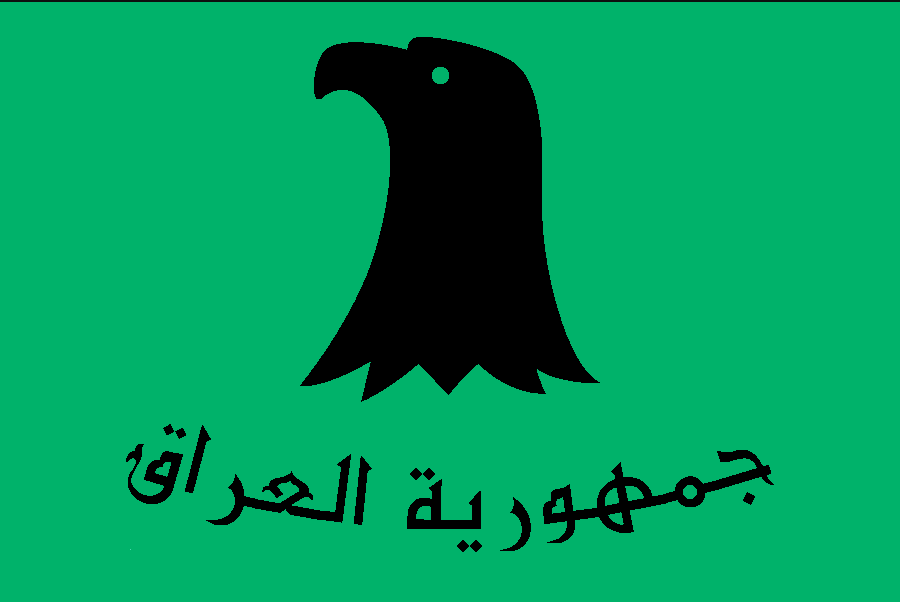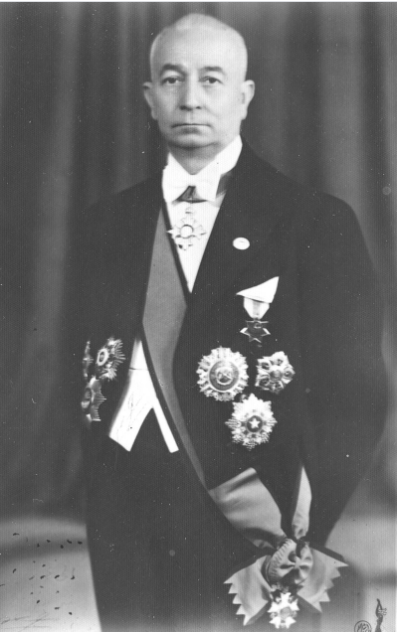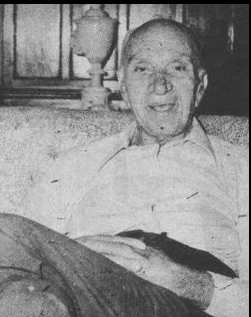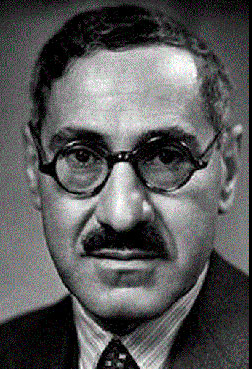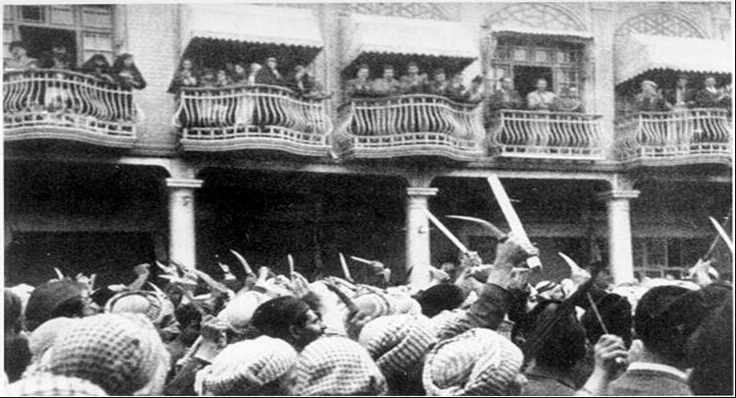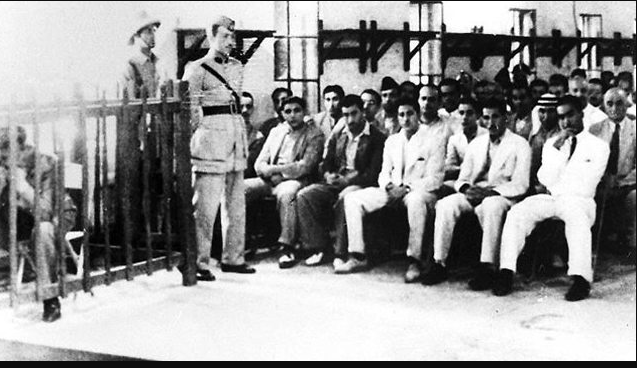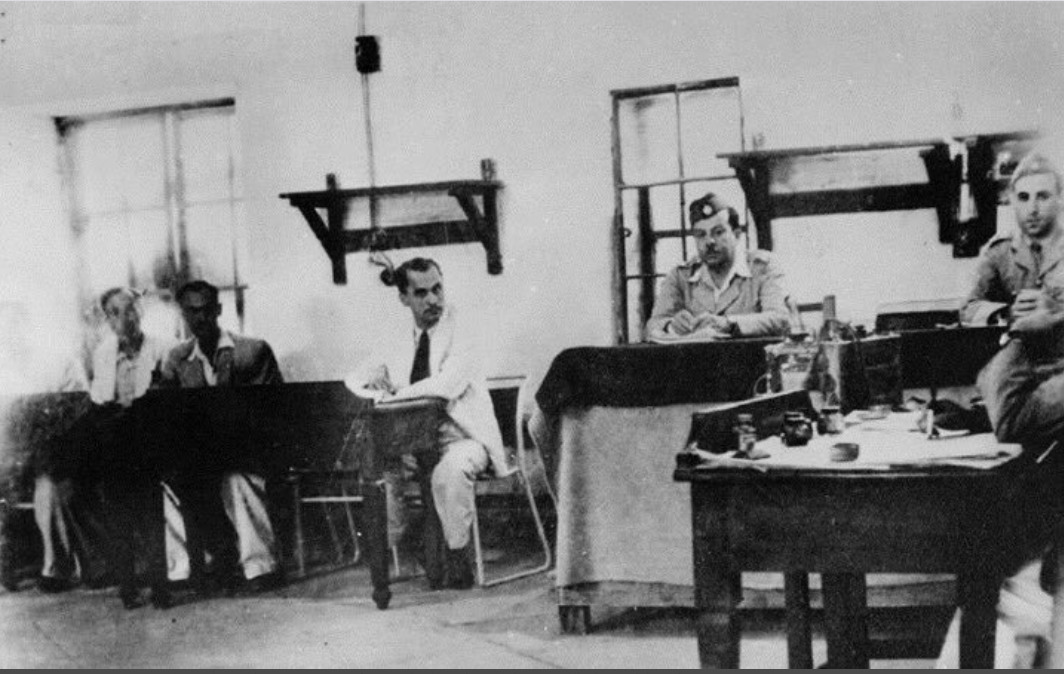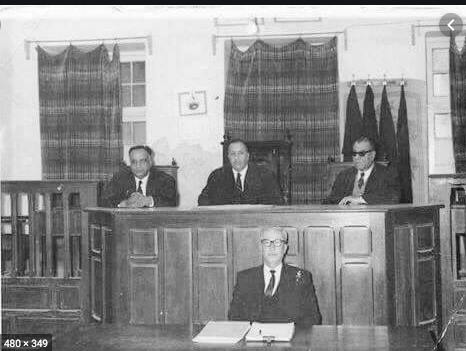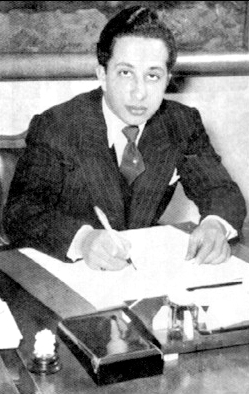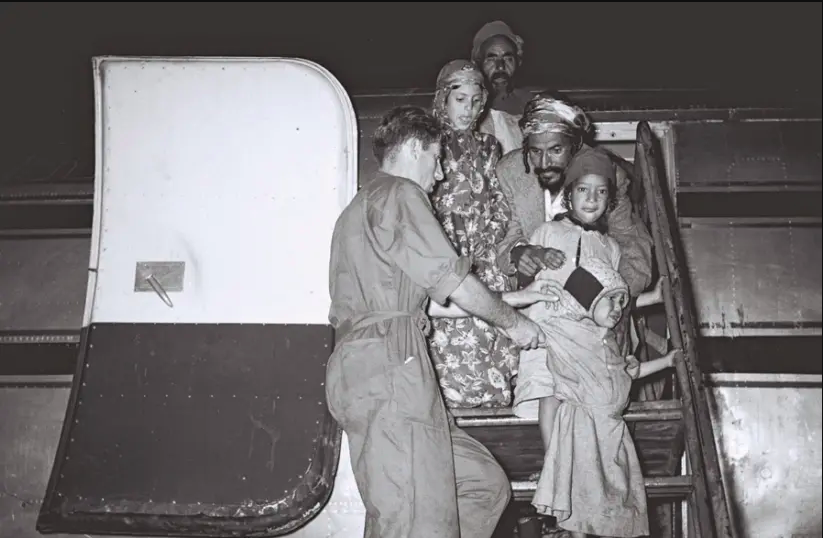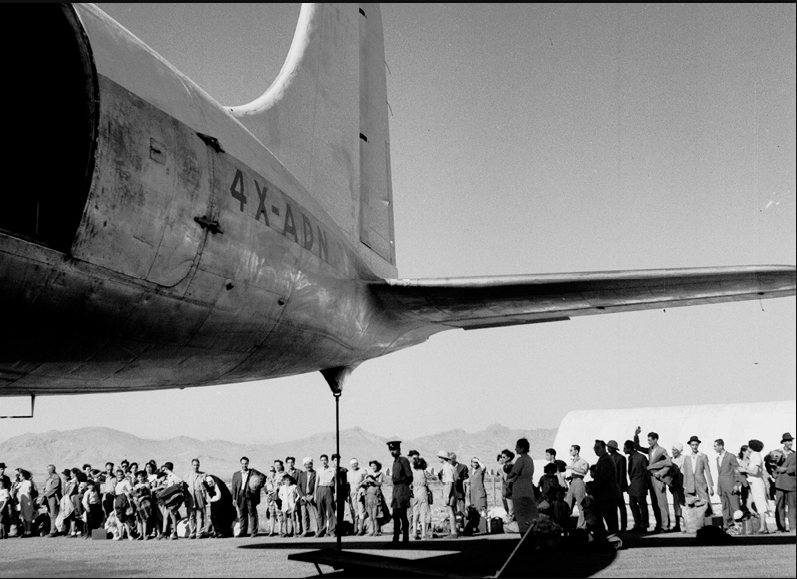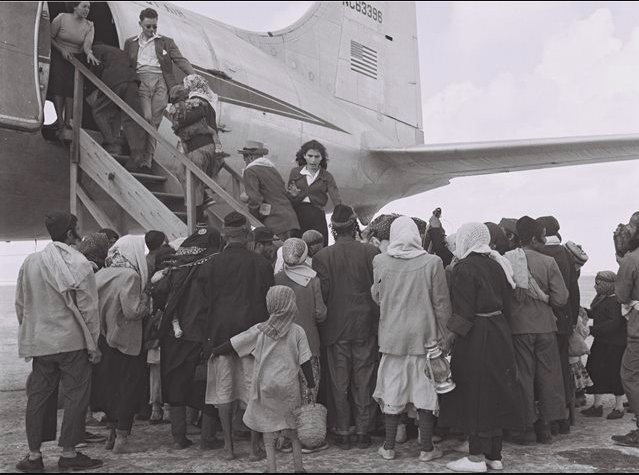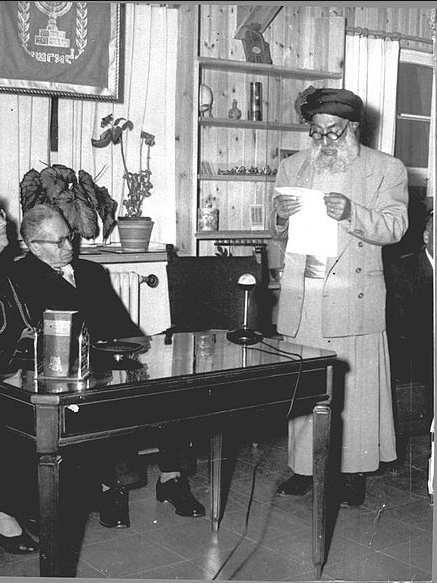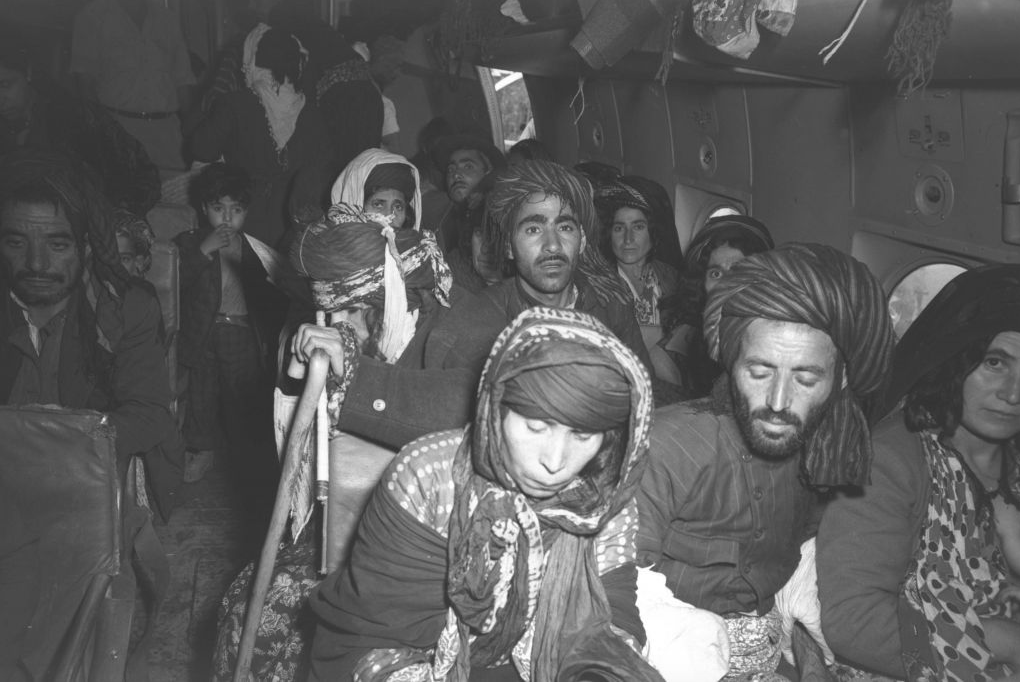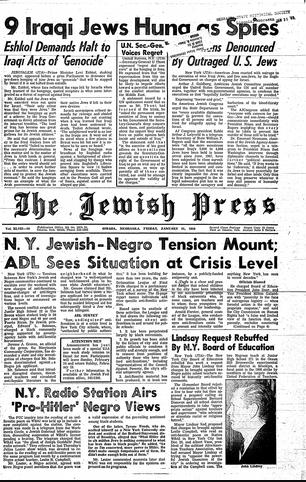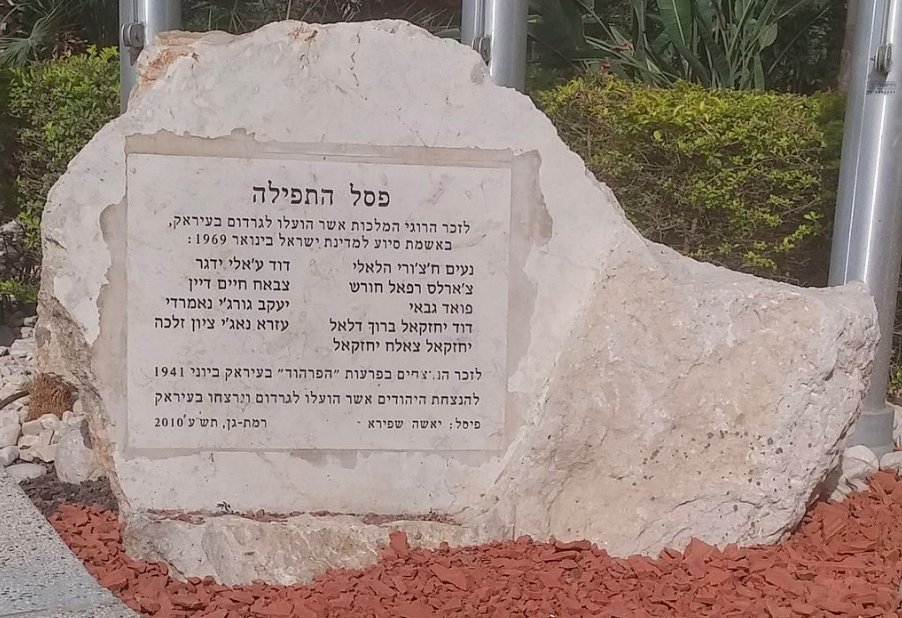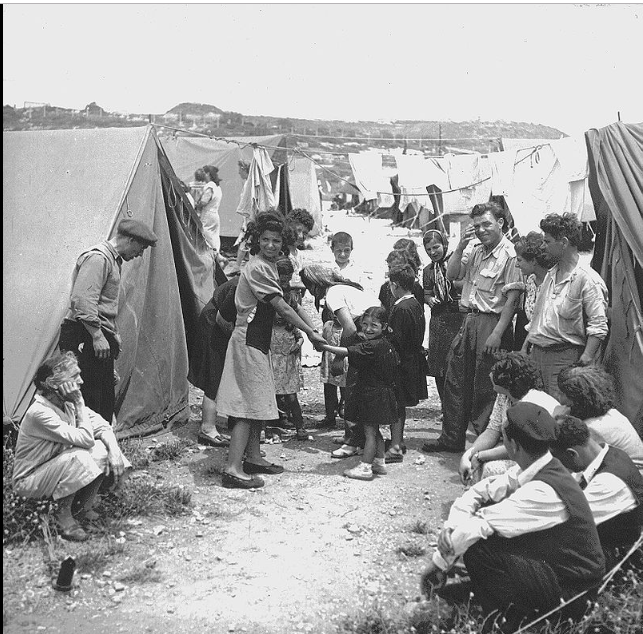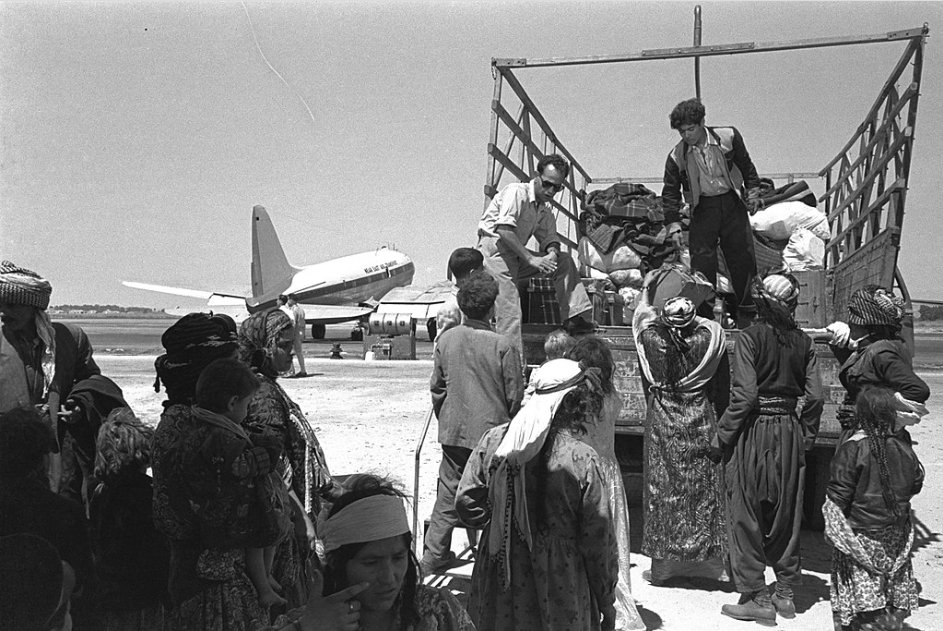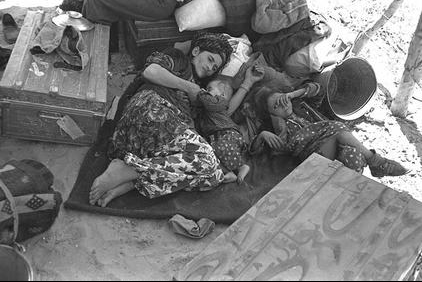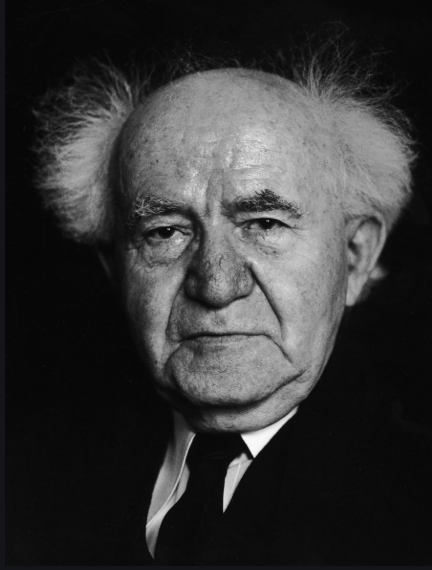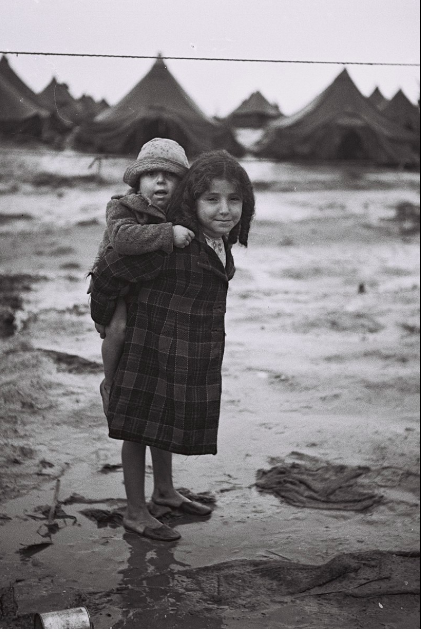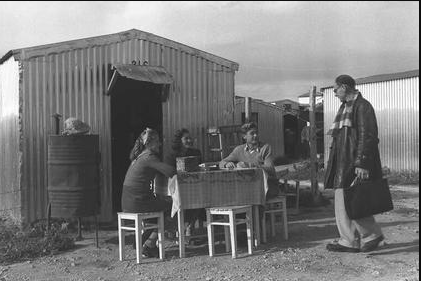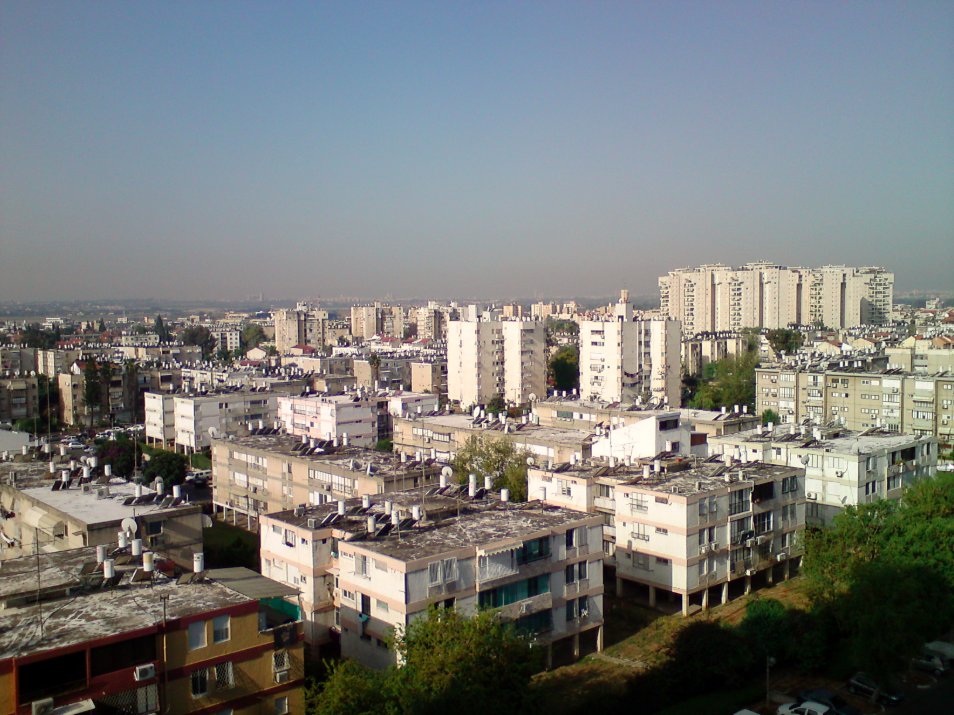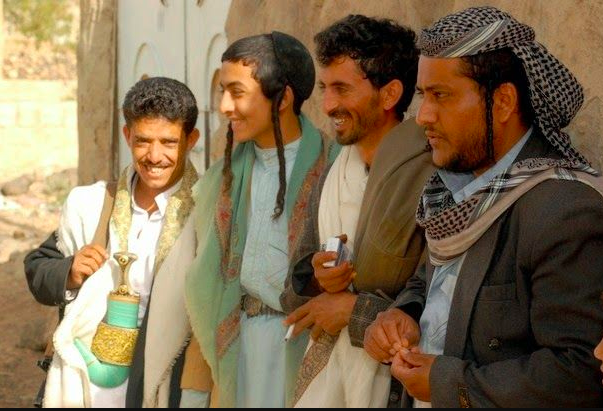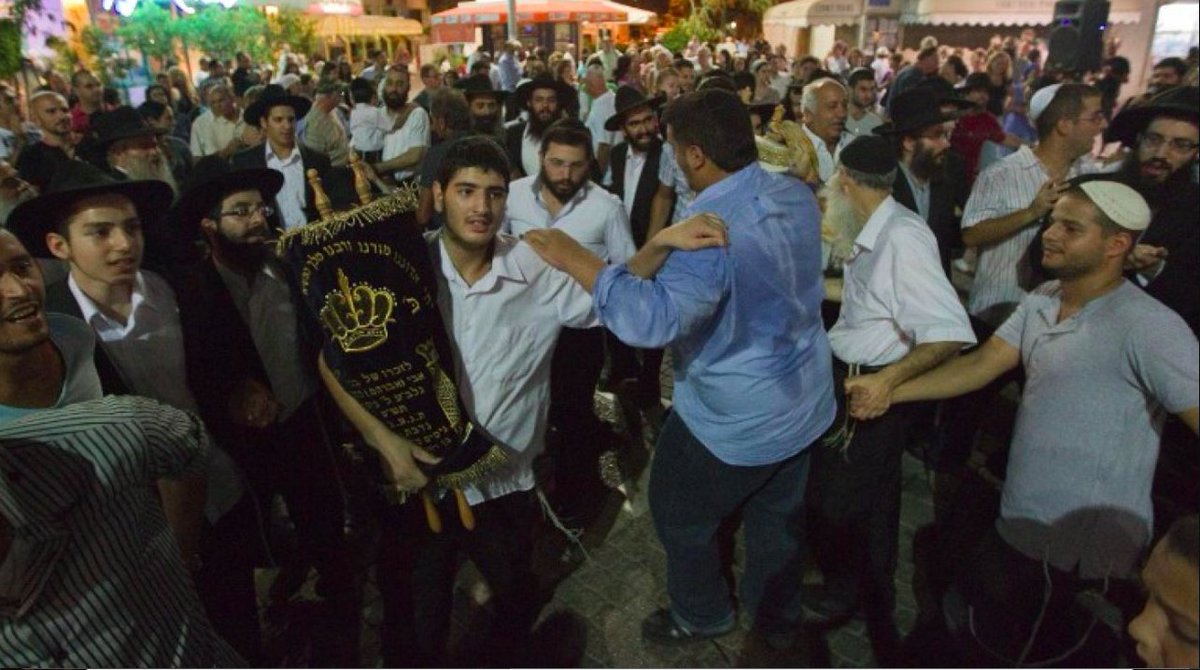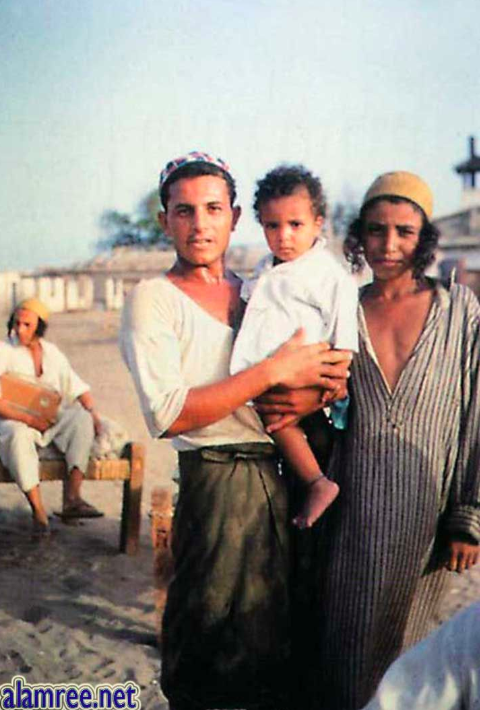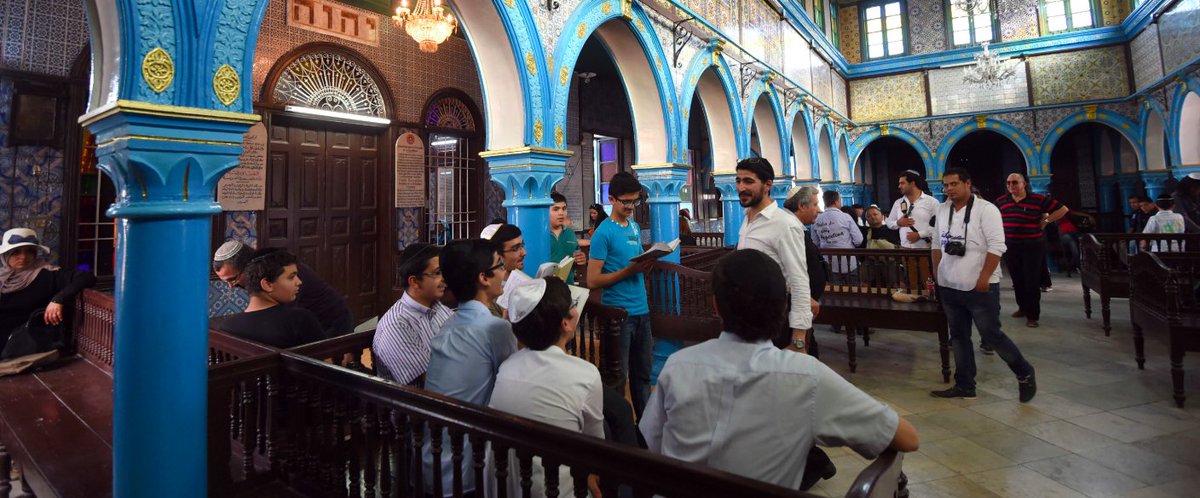This following thread will be examining the exodus of Mizrahi Jews from each Arab MENA country, country by country. Numerous ancient Jewish communities would be pushed out of their respective countries and into Israel, the US and Europe.
The exodus of Mizrahis was not an event that occurred in a single year but lasted for decades as many Mizrahis were forced to flee. Various Arab governments allowed for violence against Mizrahis, even committing the violence themselves.
An example of the types of violence can be seen in this interview by Corey Gil-Shuster, where an Algerian Jew explains how his family fled after the murder of a relative (all copy rights belong to Corey Gil-Shuster)
Morocco: The Moroccan Jewish community had existed since the times of the Romans. Before their exodus, the Jewish community of Morocco was between 250,000 to 350,000. It was one of the oldest and largest.
In 1912 France made Morocco a protectorate. On April 17, Moroccan troops revolted, attacking their French officers as well as European and Jewish quarters of the city. 66 Europeans, 42 Jews and 600 Moroccans were killed.
During World War Two, The Nazis demanded the Moroccans exclude Jews from public functions. Sultan Mohammad V refused to implement these anti-semitic policies, even inviting rabbis to celebrations in 1941
In 1948 anti-semitic violence erupted in the wake of Israel’s declaration of independence. In Oujda and Jerada a pogrom occurred, killing 43 Jews and wounding about 150. The event began the fleeing of Moroccan Jews.
In 1956 Morocco became independent from France, and began restricting emigration to Israel. In response, Mossad began covert ops in order to smuggle Mizrahis out of Morocco, until 1961, when a ship called the Egoz sank, killing 46 people
The last covert operation was Operation Mural, where 530 children were evacuated, in 1961. In that same fateful year, Hassan II became king of Morocco. Unlike his father, Mohammad V, Hassan II did not mind the exodus of Jews
Operation Yachin was the last major exodus of Jews. Under the agreement between Ben-Gurion and King Hassan II, 100,000 Moroccan Jews were allowed to emigrate, while Israel compensated King Hussein financially
Today there are about 580,000 Jews of Moroccan descent. The large majority live in Israel, but others live in Europe, and North America. Only about 2,500 Jews still live in Morocco
Algeria: Algeria, like Morocco, was colonized by the French in the 1800s. A difference was that Algerian Jews were Sephardic. In 1845 the French brought Ashkenazi Jews and put them in charge of the Sephardic, who had different traditions
The French eventually succeeded in imposing their culture on the Algerian Jews, who integrated into French culture. By 1870, France granted the 33K Jews of Algeria French citizenship. The Sephardic Jews still remained defiant on several issues.
The integration of Jews did not afford them protection. During the Dreyfus affair, an anti-semitic riot broke out, burning and looting 158 Jewish shops as well as killing two Jews. A Muslim anti-Jewish riot broke out in 1897 in Oran
In 1934 an anti-Jewish pogrom occurred in Constantine. A Jew lived near a Mosque and got into an argument with Muslim worshippers, and was accused of insulting Islam. During the riots, 34 Jews were killed and 200 stores were looted in a 3 day riot
During World War 2, Vichy France stripped the Algerian Jews of all citizenship, and were heavily restricted. 2000 Jews were placed in concentration camps at Bedeau and Djefla. Many died due to beatings and starvation
During the Algerian War of Independence, Algerian Jews mainly sided with France. The FLN did try to win Jewish support but failed. In 1962, following the Evian Accords, Algeria became independent from France
In 1963, Algeria passed a nationality code that excluded non-muslims from citizenship. This ignited the Jewish exodus, along with the exodus of French citizens. 95 percent of the 140K Jews of Algeria left
The majority of Algerian Jews did not go to Israel, but instead France, as they held citizenship and were used to the French lifestyle. 25K Jews did go to Israel, mainly those without French citizenship.
By 1969, 6 years after the law, less than 1,000 Jews remained from a community of 140K. By 1975 all but one synagogue was converted to mosques or libraries. Today there are about 50 Jews in Algeria, mainly in Algiers.
Tunisia: In 1881 Tunisia was colonized by the French. Similar to Algerian Jews, Tunisian Jews became French citizens, learned the French language, and molded well with the European culture of the French
In World War 2, the situation changed drastically. Under Vichy France, Tunisian Jews were banned from public service, many other professions, had much of their property seized & made inferior to the locals.
Around 5,000 Jews were sent to labor camps, where 265 died, & 160 were sent to death camps in Europe. Khaled Abdelwahhab, a Muslim Tunisian, saved dozens of Jews, becoming the first Arab Righteous Among Nations
Before WW2, Tunisia had 100K Jews. In the post war period, Jews were allowed to emigrate to Israel. In 1956, Tunisia became independent. Habib Bourguiba would become ruler of Tunisia, ruling until the 1980s
Bourguiba wished to show the West that he was a capable ruler, and thus protected Tunisian Jews. However, the Jewish Community Council was abolished and many left after urban renewal programs demolished their areas.
During the 6 Day War, an anti-Jewish riot took place. This added in the exodus of Jews. Despite the attempts by Bourguiba to protect the Jewish community, emigration continued. Today there are only 1000 Tunisian Jews left
Libya: In 1903, Libya had a community of about 16,000 Jews, in Tripoli and Benghazi. During the Ottoman period, Zionism had flourished and found success, unlike in other Arab countries. In 1911 Libya was conquered by Italy.
For much of the Italian period, the situation for Jews was good. In 1931 the Jewish population was 21K. 1938 saw the situation for Libyan Jews deteriorate, as laws passed by fascists banned them from public offices
In 1940 Nazi style deportations began to occur. In 1942 German troops plundered the Jewish quarter of Benghazi, looting shops, and deporting 2,000 Jews across the desert, where 1/5th died in labor camps
In 1942 the Cyrenaican Jews (Libya’s Eastern province), were sent to the Giado concentration camp. Disease was rampant in the poor conditions of the camp, and Italian officers often beat and abused them
About 562 Jews died in due to typhus and lice. In 1943, British forces liberated the camp, and about 3,400 Jews were allowed to return to Benghazi. Benghazi Jews had suffered the most from any community of Libyan Jews
In 1945, an anti Jewish pogrom occurred in the Tripolitania region of Libya. 140 Jews, including 36 children were killed. Hundreds of homes and business were destroyed, along with five synagogues. 4K Jews were left homeless.
In 1948 anti-Jewish riots occurred in Tripoli, yet was met with Jewish defense groups. 14 Libyan Jews were killed, along with 4 rioters. In Benghazi there were hate crimes committed as well, though not to the extent of Tripolitania
In the 1940s, the Jewish population was about 40K. In 1949 Jews were allowed to emigrate, and 31K left. In 1961 laws were passed that forced Jews to get special permits to have full citizenship, which was denied to all but 6
During this same time laws were passed that allowed the seizure of the property of Jews who emigrated. There were about 7K Jews in Libya by the time the 6 Day War occurred. In response, anti-Jewish riots occurred.
The Jews requested to King Idris that they be allowed to leave. He granted the request, and about 6,000 were transported by the Italian Navy to Rome, and were forced to leave their possessions and wealth behind
In 1969 Colonel Qaddafi became ruler, and instituted a Day of Revenge. All Jewish property was confiscated, and debts cancelled, driving out the remaining Jewish population. Today there are no Jews left in Libya
Egypt: Egypt had a vibrant Jewish community of nearly 80,000, many of whom had fled European persecution. While there were some Zionists, they were in small number, and many Egyptian Jews were anti-Zionist
Yet by 1936, the relationship changed, as anti-semitism rose, due to clashes in Palestine, despite the fact only a few Egyptian Jews were Zionist. Groups sympathetic to the Axis power also emerged, worsening relations
From 1942 onwards, anti-semitic incidents began to occur. In 1945, an anti-Jewish pogrom occurred in Cairo. Five Jews were killed, 300 wounded. King Farouk and his prime minister both condemned the violence against Jews
In 1947 a series of discriminatory laws were passed. These laws forced companies to maintain a large majority of Egyptians in their workforce. Jews were denied citizenship, thus many were denied employment.
1948 was a horrible year for Egyptian Jews. There were several bombings against Jews, which killed a total of 70 Jews and wounded 200. By 1950, 40 percent of Egypt’s 75K Jews emigrated, with 14K going to Israel.
In 1954, the situation for Egyptian Jews deteriorated further due to the Lavon Affair, which raised suspicions of the Jewish community. The Suez Crisis worsened it further still, with Nasser clamping down on minorities
In 1956, the Egyptians arrested 1000 Jews, and seized 500 Jewish businesses. This caused an exodus of 25,000 Jews who either emigrated or were expelled. For those who wished to leave, they had to give up their possessions
The Egyptian Jewish community continued to decrease. In 1967 there was another way of refugees and expellees, who lost their property following the 6 Day War. By the end there was only 2500 Jews left.
In the 1970s, the last Jews were allowed to leave. Only a token amount remained, and the Egyptian Jewish community ceased to exist. In 2005 there was only about 100 Jews remaining, and today there are 5.
Yemen: There are two Jewish communities to examine, the Yemen Jews and Aden Jews. Aden was colonized by the British in 1839, and it’s Jewish population became Sephardic in nature, in contrast to Yemenite Jews
In 1872 the Ottomans reconquered Yemen. This meant the Yemenite Jews were able to travel freely across the empire. In 1881 groups of Yemenite Jews reached Palestine, months before Zionists from Europe.
These Jews chose to settle in Silwan, a mixed, muslim majority town. Additional groups of Yemenite Jews arrived in 1908, 1909, & 1910. Zionist organizations would assist them, hoping to gain more immigrants
Following the withdrawal of the Ottomans, northern Yemen became the Mutawakkilite Kingdom of Yemen, while Aden became the Colony of Aden. In 1948 There was 55K Jews in the Mutawakkilite Kingdom, and 8K in Aden
The first outbreak of violence occurred in May 1932, in Aden. Muslims accused Jews of throwing excrement at a mosque. A riot broke out with 60 injuries, 25 of which were Jews. Farhi synagogue was desecrated
100 Jewish shops were looted and 30 homes burned. The Grand Synagogue of Aden was destroyed during the riots. During the rioting, there were many cases of Arabs and Indians sheltering Jews
In 1948 the Israelis launched Operation Magic Carpet. Aided by British & American plans, they airlifted 47,000 Jews from Yemen, 1,500 from Aden, 2,000 from Saudi Arabia, and 200 from the Horn of Africa to Israel
Ahmad Bin Yahya, king of Yemen, profited from the departure of Jews as he confiscated much of their wealth. Some 850 Jews died on route. In 1959, 3,000 more Jews fled from Aden to Israel.
Lebanon: In 1911, Lebanon received an influx of Jews from Europe and Middle East. After WW1, Modern Lebanon was formed as a Mandate by the French. Beirut was the center of Jews in Lebanon
During the Mandate period, many Jews were apolitical, and many felt strong relations between themselves and Lebanon and France. There was, however, an emerging sympathies towards Zionism
While Beirut tended to see strong co-existence, relations between Jews and Lebanese outside Beirut were hostile. In 1945 a pogrom broke out, killing 14 Jews. In 1948 riots broke out, with Jews relocating to Beirut
In the 1950s, 2 Jewish officers in the Lebanese Army were expelled from the military The main Beirut Synagogue was bombed, and the Jewish population dropped from 9K in 1948 to 2500 in 1969
Throughout the years, the Jewish population has continued to drop. Today there are only 100 Jews left in Lebanon
Syria: Jewish emigration from Syria began back in 1850. Following the Damascus Affair and other incidents, Jews began to leave Syria for Egypt, the United Kingdom, Latin America and the United States.
After WW1, Syria was a mandate under France. In the 1930s and 40s, rising anti-semitism caused many Syrian Jews to emigrate. Between 1942 and 1947 4,500 Jews from Syria and Lebanon emigrated to Palestine
In 1946, Syria became independent from France. One of Syria’s first acts was to ban emigration by Jews. 1948 the sale of Jewish property was banned, and in 1953, Jewish bank accounts were frozen, and property was confiscated
In 1947 Syrian Jews numbered 15,000, 10,000 of which were in Aleppo. In that year, an anti-Jewish pogrom broke out in Aleppo. 75 Jews were killed, hundreds wounded, 10 synagogues, 5 schools and 150 homes were burned
A pogrom also broke out in Damascus, but not as severely as Aleppo. In 1949, an attack occurred at Menarsha Synagogue in Damascus. Several grenades were thrown and 12 Jews were killed, 30 wounded
Between 1948 and 1961, 5,000 Syrian Jews escaped to Israel. Thousands more fled to Europe, America and Lebanon. In 1964, additional restrictions were placed, limiting their movements, and banning them from certain employments
After the Baathist takeover, and 6 day war, more restrictions were imposed and an alleged pogrom in Qamishlo occurred, possibly killing 57 Jews. Jewish emigration continued and by 1968 only about 4,000 Jews remained in Syria
In 1974, the Zeibak girls, 3 sisters and their cousin, Fara, 24, Lulu, 23, Mazal, 22, and Eva Saad, 18, were murdered while attempting to flee. They were raped, killed and mutilated, by unknown parties, perhaps smugglers
In 1991, Syria finally allowed the remaining 4,000 Jews exit permits, and all but 300 fled. 2,400 stayed in the United States, while 1,300 went from the US to Syria. Today Syria has perhaps 100 Jews, maybe fewer
Iraq: Iraq became a Mandate controlled by the British in 1918. During that time it had a community that numbered in the tens of thousands. In 1900, 50,000 Jews made up a community in Baghdad
Despite this size, Zionist organizations neglected recruiting Iraqi Jews. This was mainly due to the fact the Zionists wanted agricultural workers, while Iraqi Jews were merchants. In 1929 Zionist organizations were banned
In the 1930s, the situation for Iraqi Jews deteriorated, over tensions in Palestine as well as Nazi propaganda. In 1934 Economic Minister Arshad al-Umari dismissed many Jews from government and limited Jewish civil servants
In April 1941, the Golden Square, a group of army officers, launched a pro Axis coup. This was aided by Hajj Amin al Husseini. The coup lasted two months before it was suppressed by Hashemite loyalists and the British
After the coup, on June 1st, the event known as Farhud occurred. Thousands of anti-semitic rioters launched a pogrom, which killed 180 Jews, atleast 1,000 injured and several hundred homes were destroyed
In 1948, serve restrictions were placed upon Jewish Iraqis, which dismissed them from civil service, limiting the number of Jewish college students, and boycotting Jewish businesses, as well as banning Zionism.
The worst even was the hanging of Shafiq Ades. Ades was an anti-Zionist Jews and a wealthy businessman. He was accused of being a Zionist, given a show trial, and his judge was from the pro Nazi Istiqlal party
In 1950 there was a series of bombings that targeted Jewish synagogues. There is a controversy over the perpetrator of the bombings. During this period, many Jews escaped Iraq through Zionist undergrounds.
In 1950, King Faysal II of Iraq lifted the ban of emigration of Iraqi Jews, though they were forced to leave much of their belongings in Iraq. Israel launched Operation Ezra and Nehemiah, which airlifted 120,000 Jews from Iraq to Israel.
Much of the property the Jews left behind was seized. Only a few thousand Jews remained after 1952, when emigration was banned again. After the 1967 war, additional restrictions were placed on Iraqi Jews. By 1968 only 2,000 remained
In 1969 Iraq executed 14 people who were accused of spying for Israel. Of those 14 people, 9 were Jews, 3 were Muslims, and two were Christians. The hangings in term increased the level of fear among the remaining Iraqi Jews
The hangings brought international condemnation and pressure on Iraq. In the 1970s, the Iraqi government decided to power to international pressure, and allowed the remaining Jews to emigrate from Iraq.
Aftermath: The majority of Mizrahi Jews ended up in Ma’abarots, or immigrant and refugee camps. The conditions in these camps were poor, though David Ben Gurion was rather unsympathetic towards them
In 1951 227,000 Jews were living in Ma’abarots, about 1/6th of Israel’s population. Israel at this time preferred to spend it’s resources on housing for Jewish immigrants from Europe, as the government was dominated by Ashkenazis
Eventually Israel began establishing Development Towns for the Mizrahi refugees. These were often Ma’abarots that turned into towns with the population provided permanent housing. These included Nazareth Illit and Or Yehuda
Today about 61 percent of Israeli Jews have full or partial Mizrahi ancestry. There are also Mizrahis in Europe, mainly France. The world total of Mizarhis is 4.8 million. The amount of wealth the Mizrahis lost is estimated to be around 150 billion
I forgot to add this tweet
In 1947, a major anti-Jewish riot occurred in Aden. Demonstrations against the Partition of Palestine lead to clashes between Jews and Muslims, and resulted in 76-82 Jews & 36 Arabs killed, hundreds wounded
(Before this tweet) https://twitter.com/abdallaha92/status/1210250462697537540">https://twitter.com/abdallaha...
In 1947, a major anti-Jewish riot occurred in Aden. Demonstrations against the Partition of Palestine lead to clashes between Jews and Muslims, and resulted in 76-82 Jews & 36 Arabs killed, hundreds wounded
(Before this tweet) https://twitter.com/abdallaha92/status/1210250462697537540">https://twitter.com/abdallaha...

 Read on Twitter
Read on Twitter